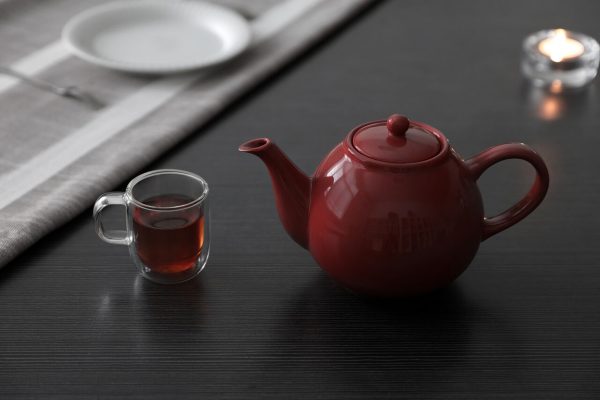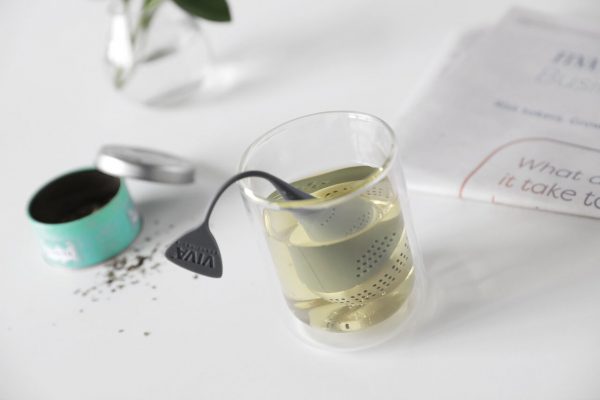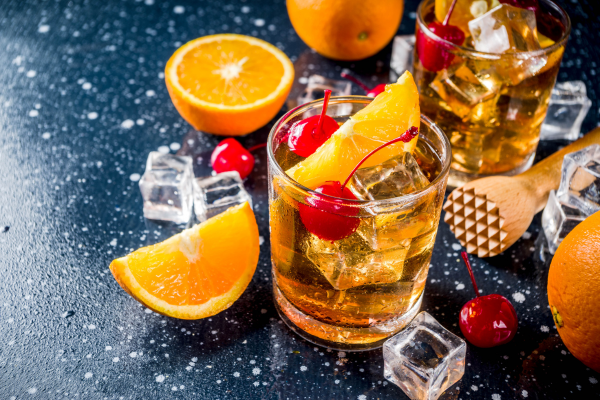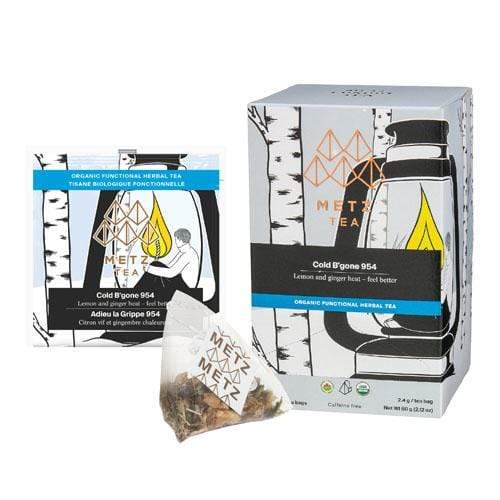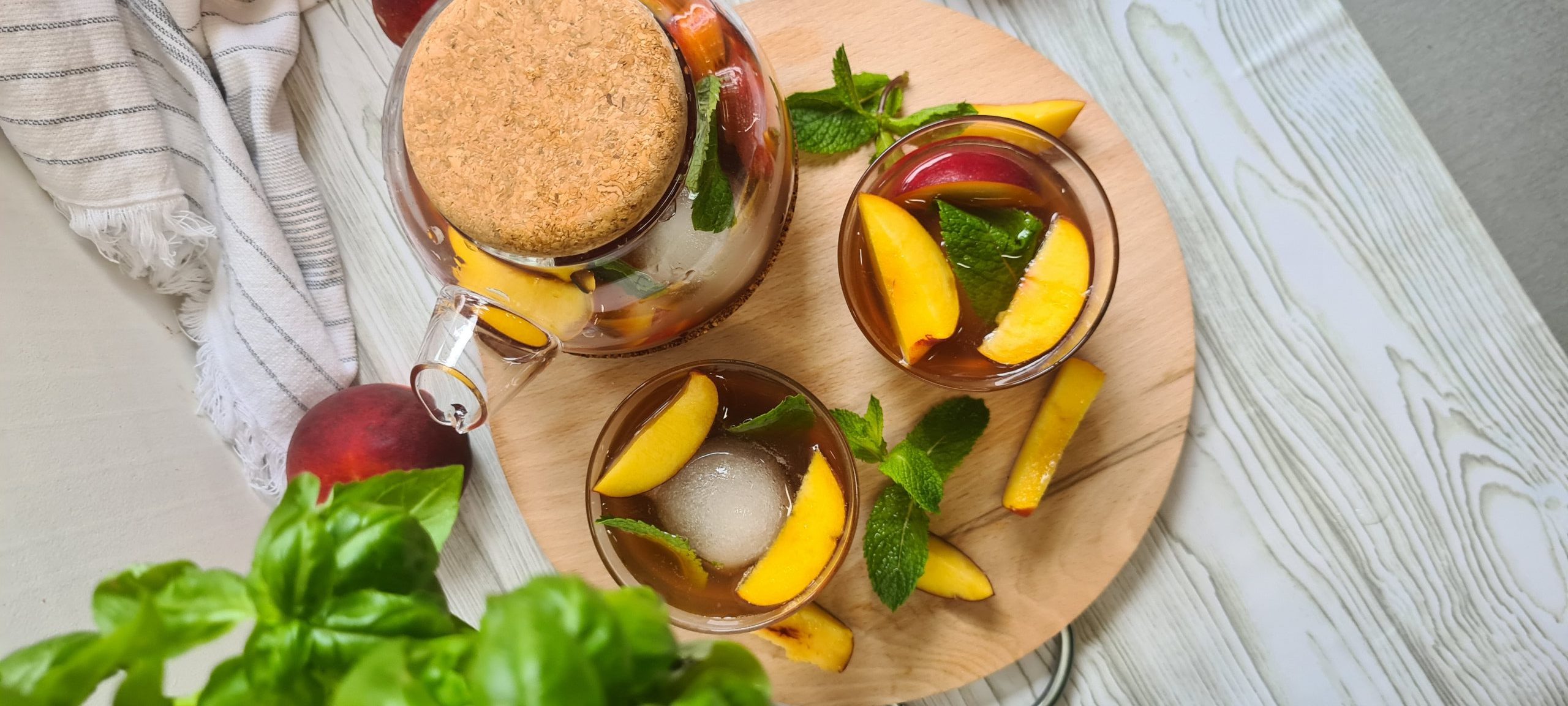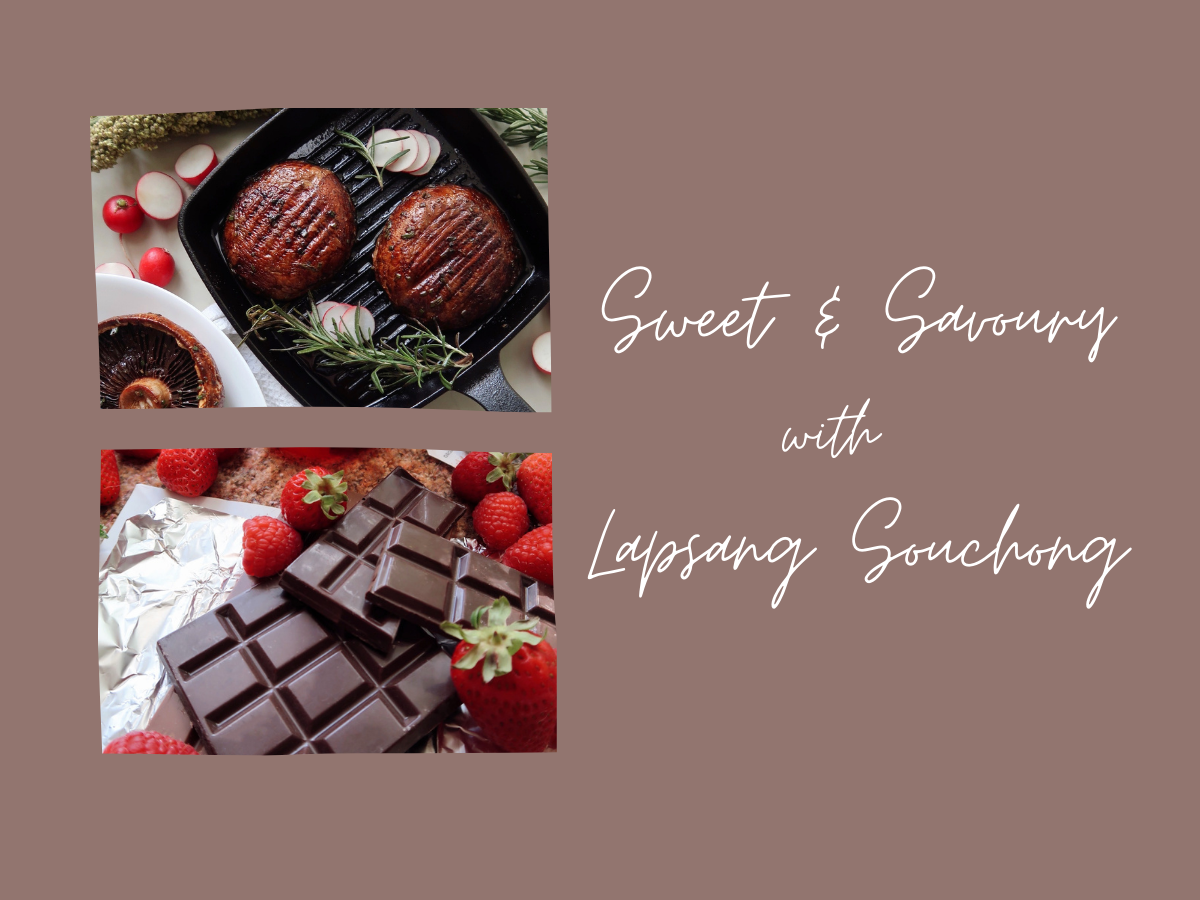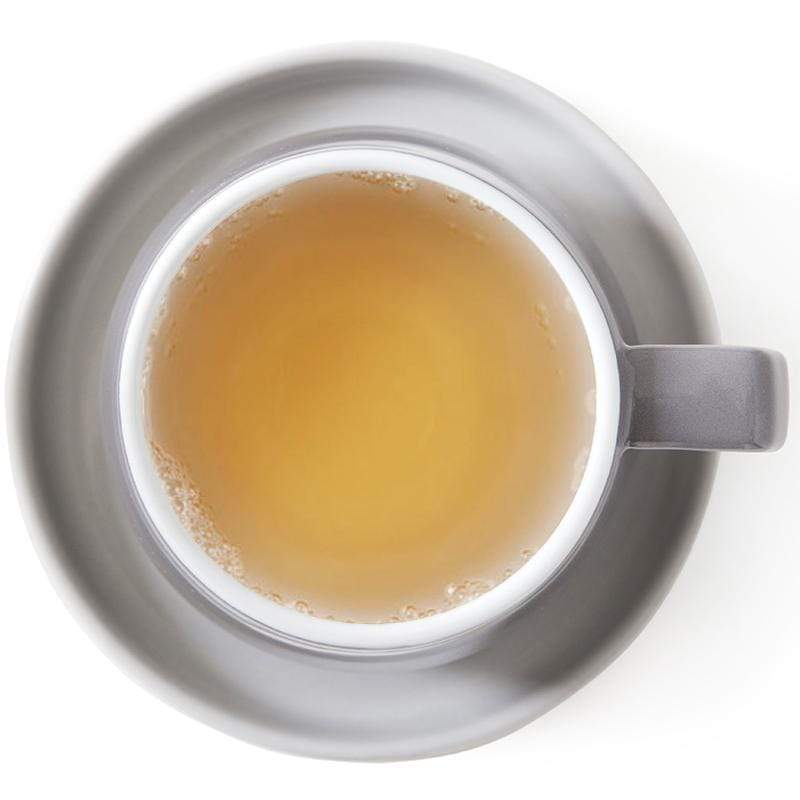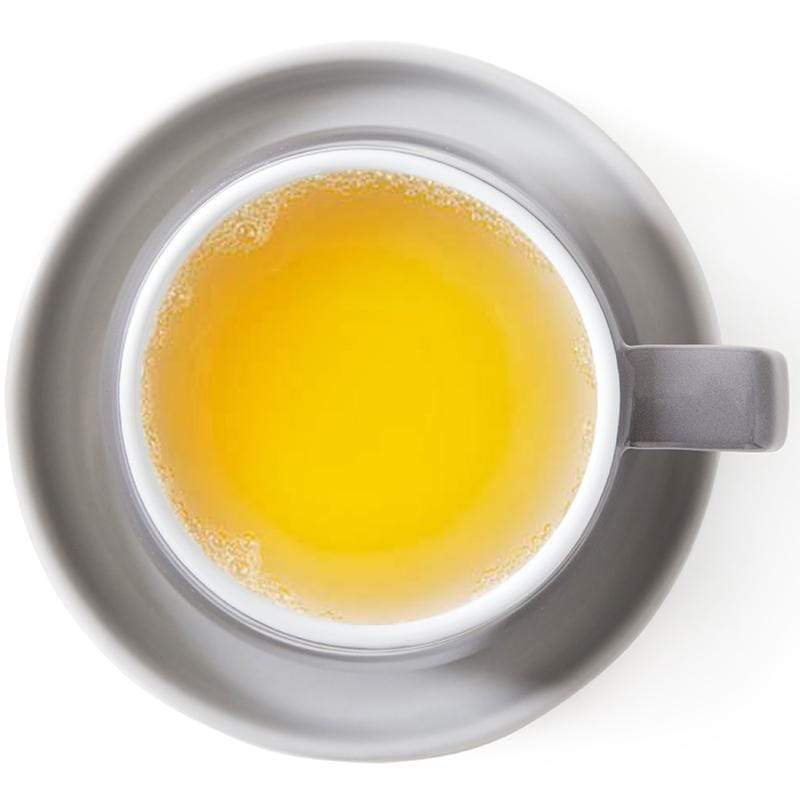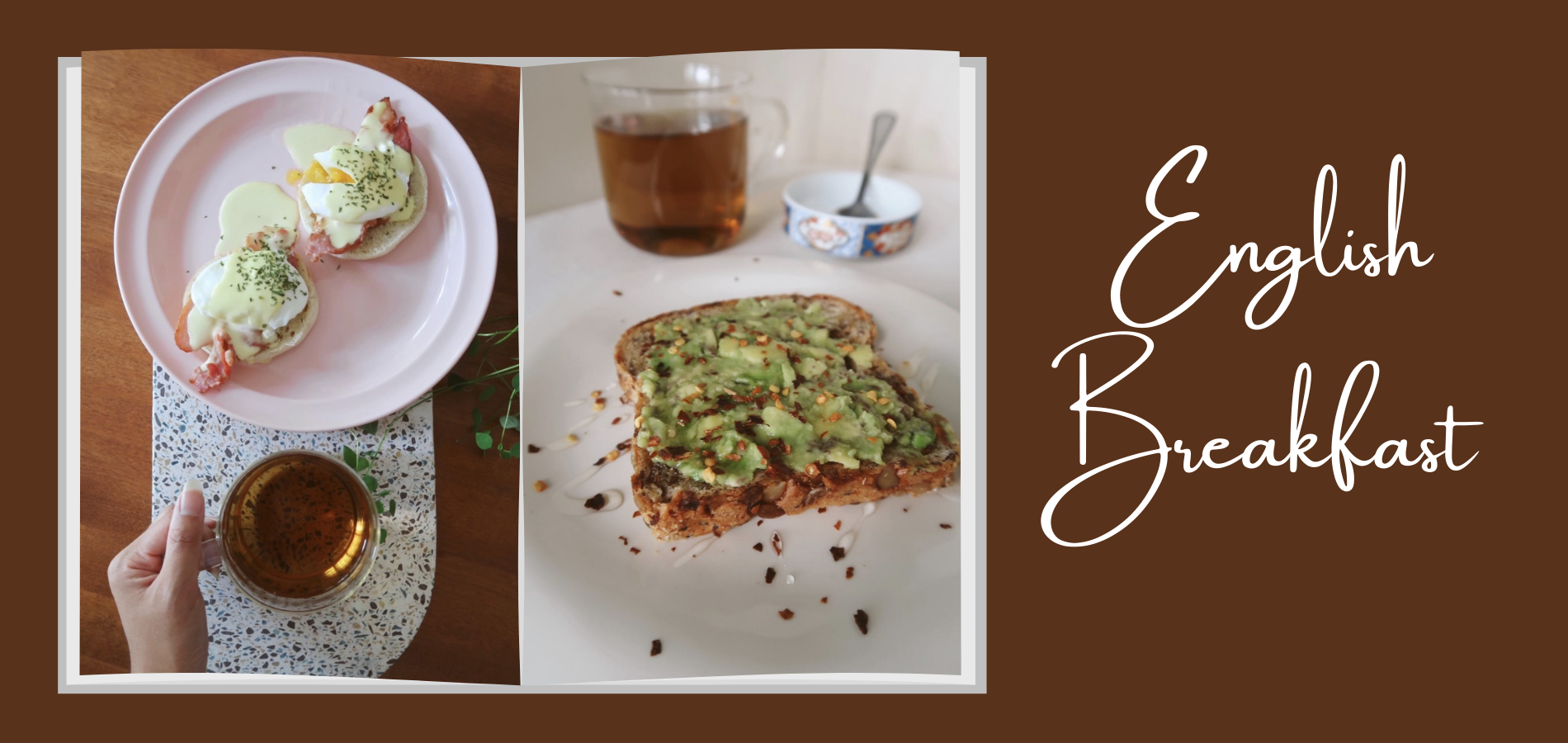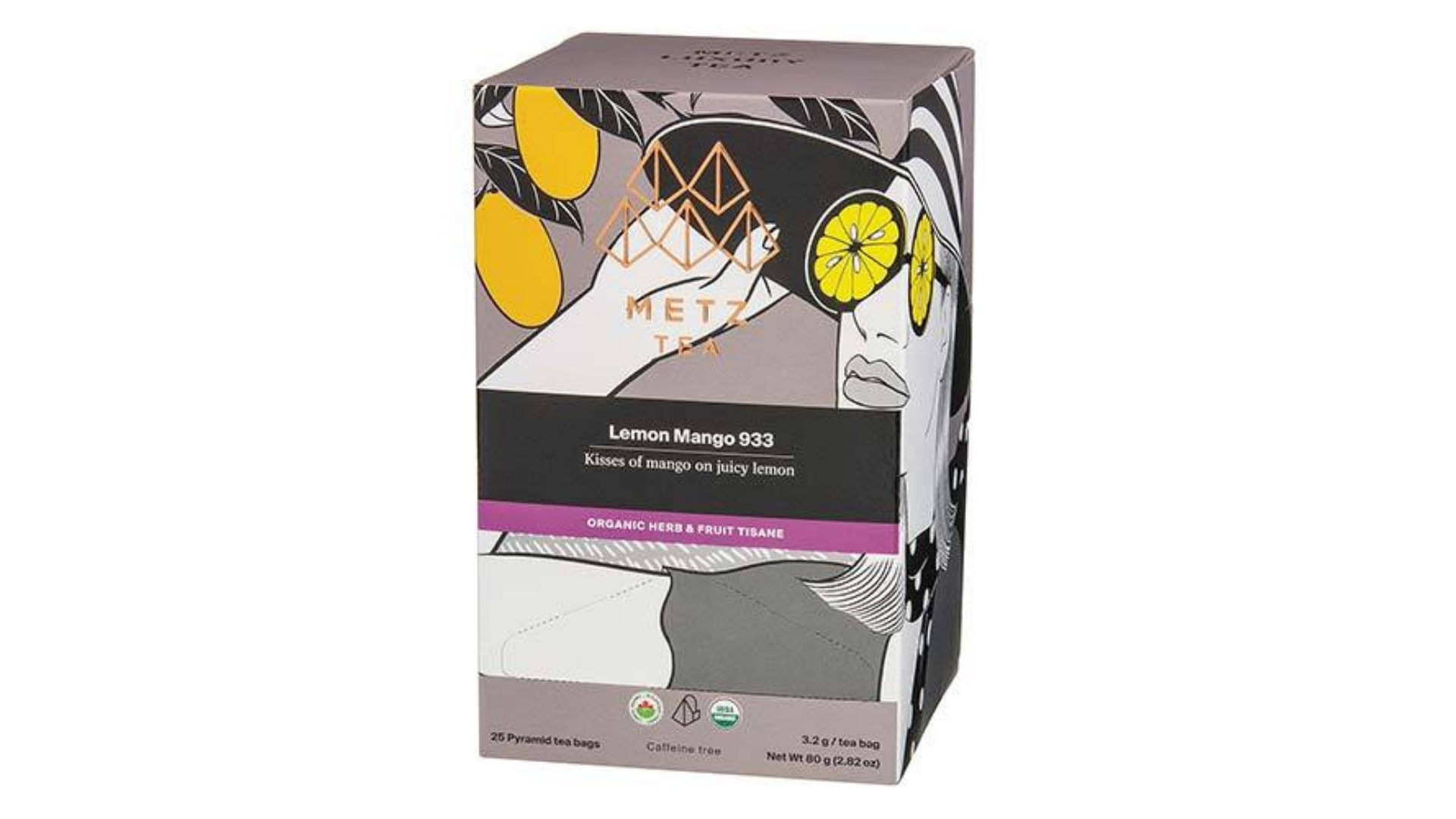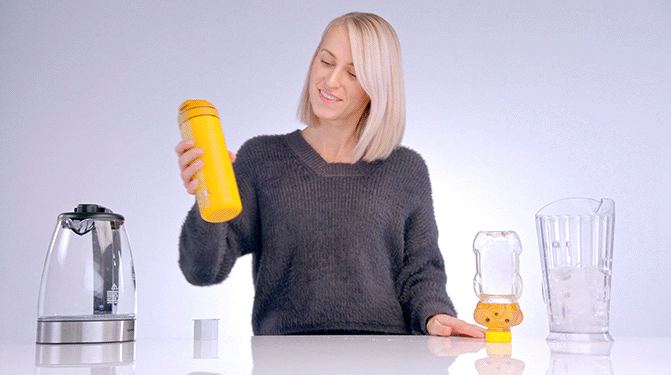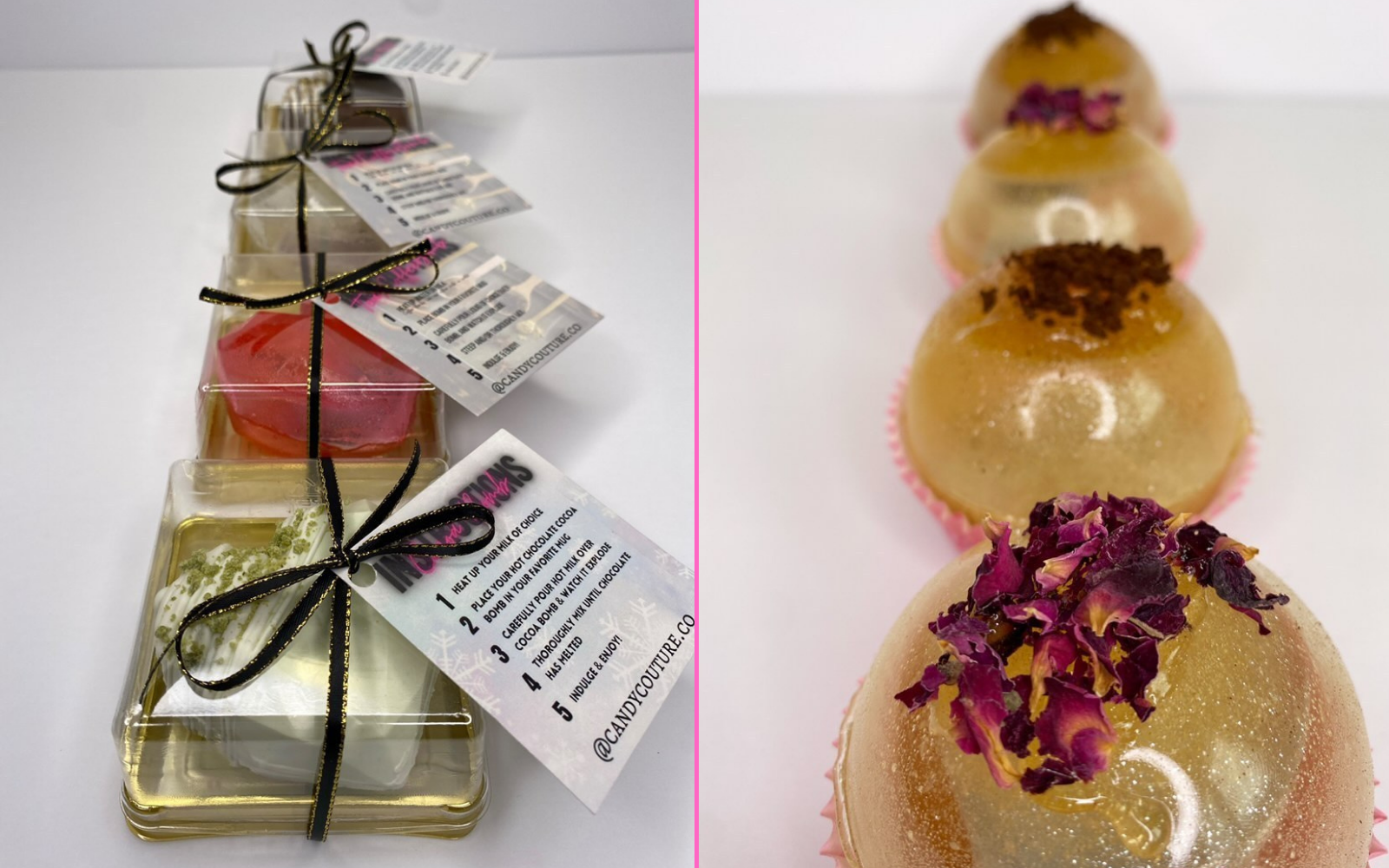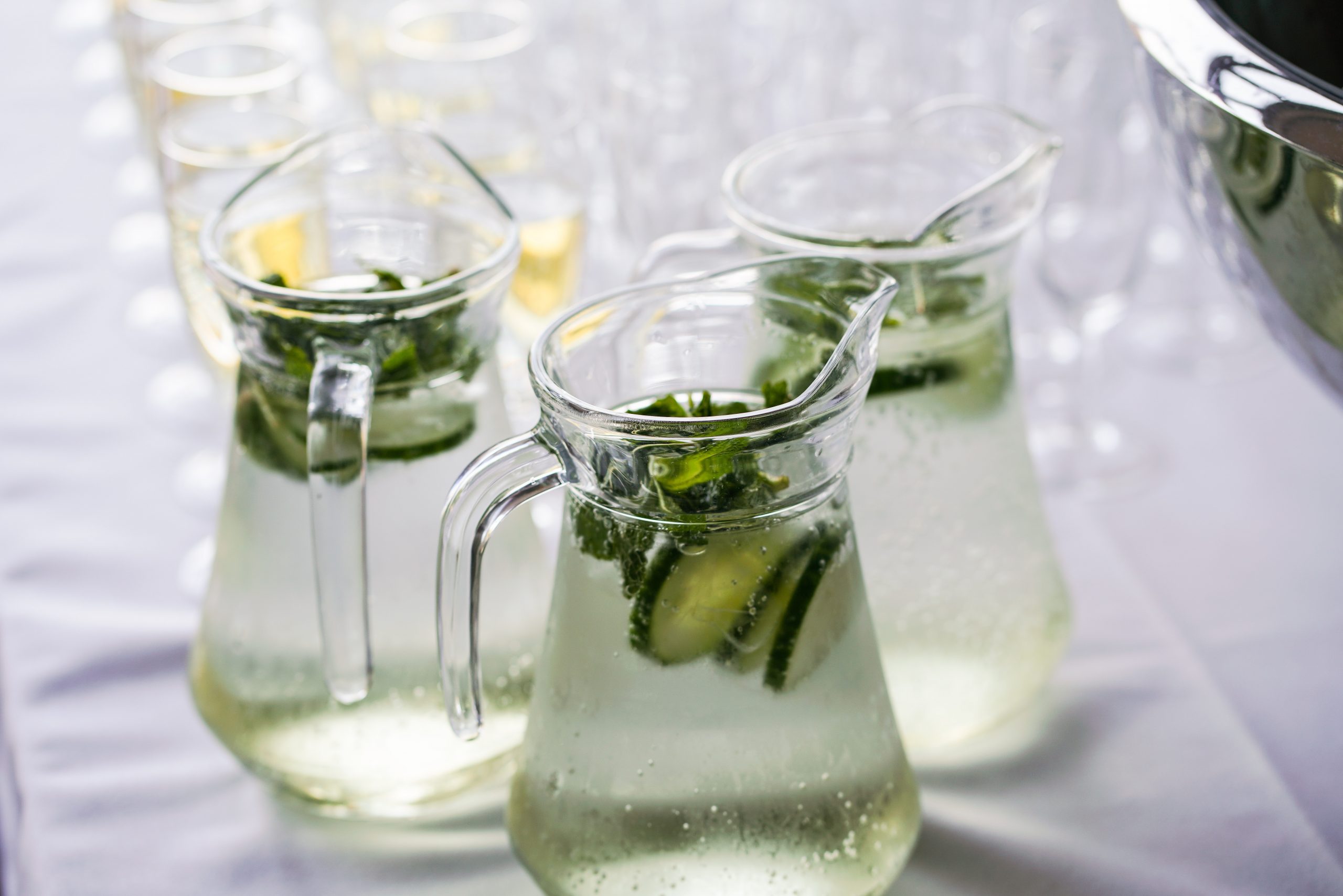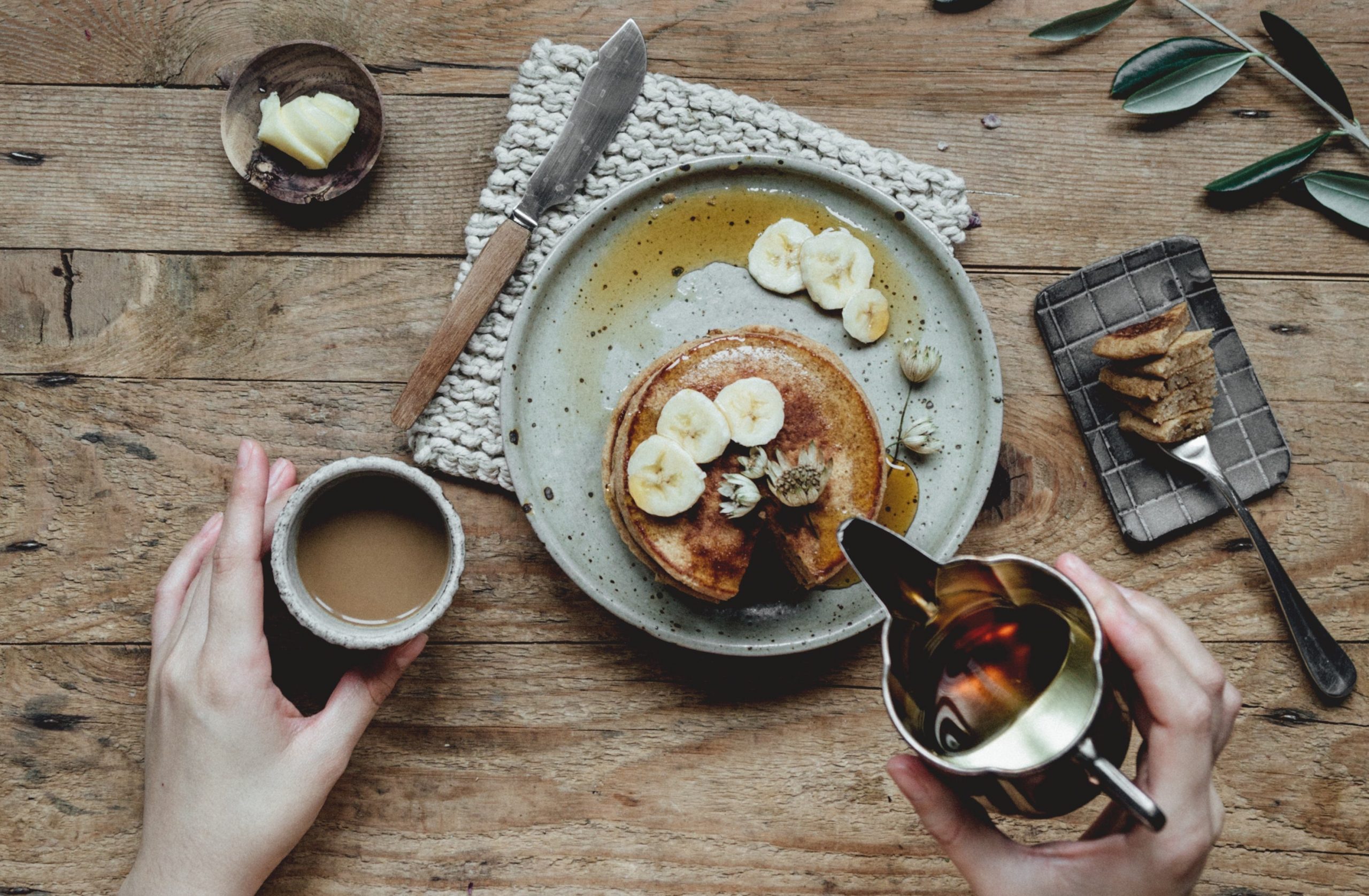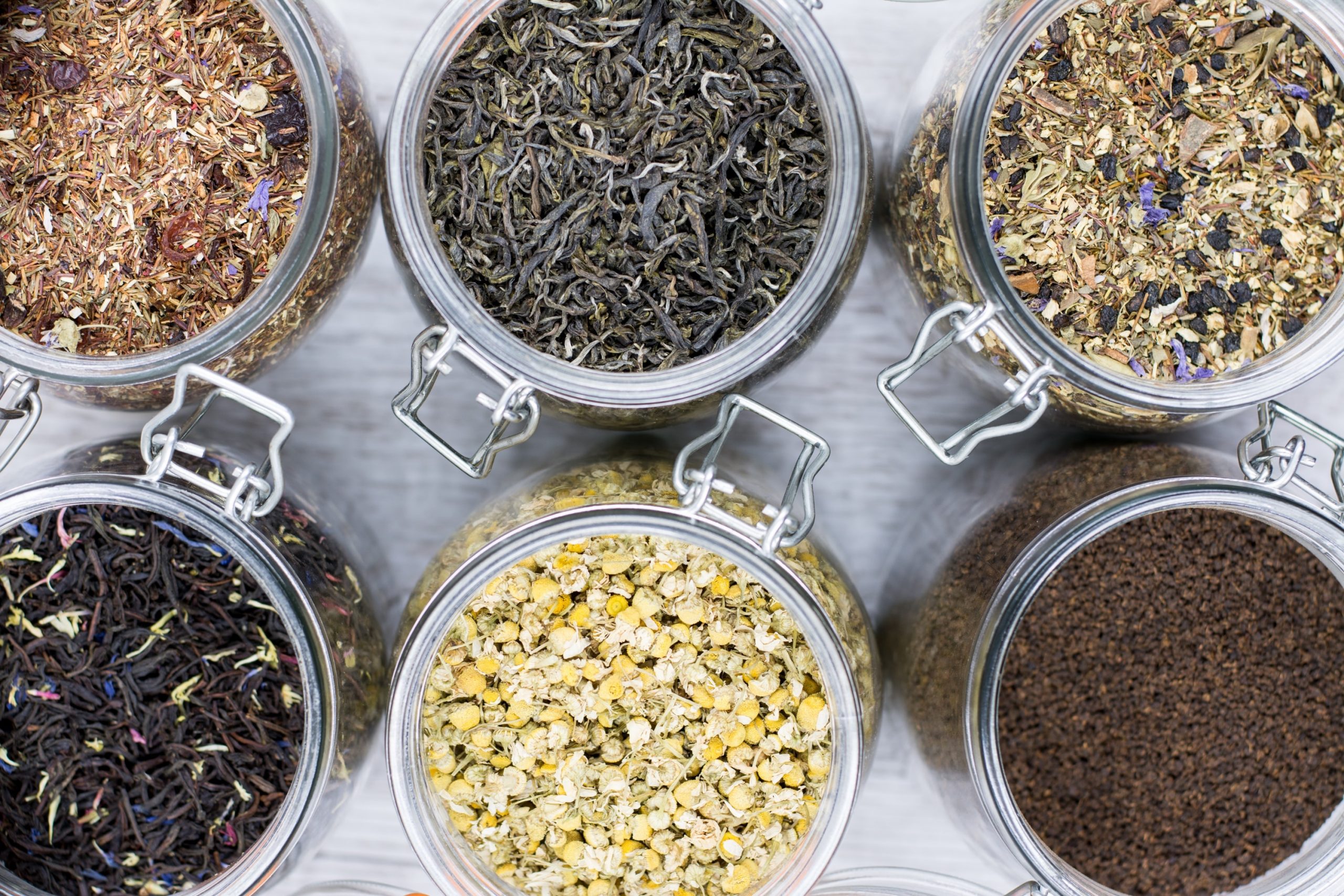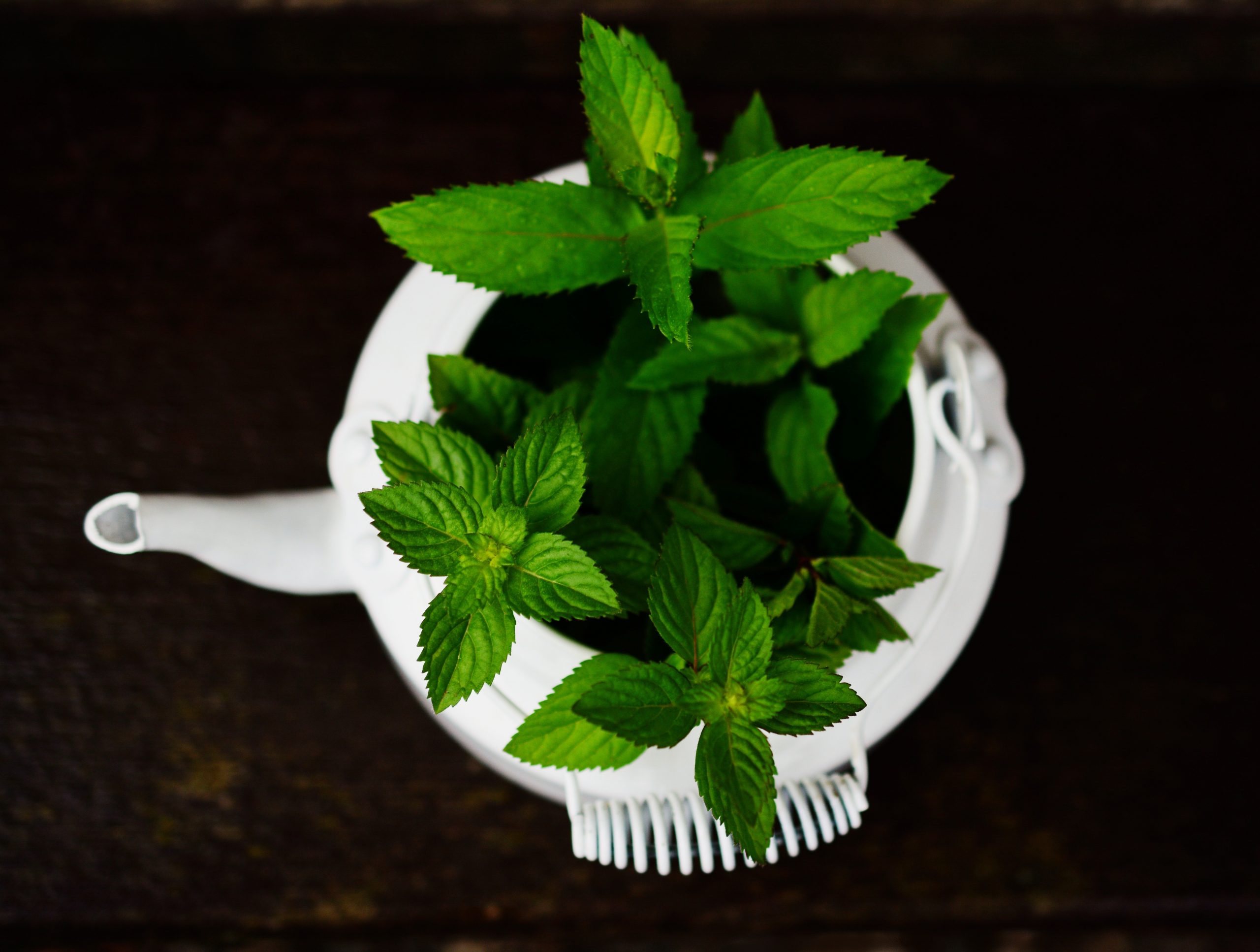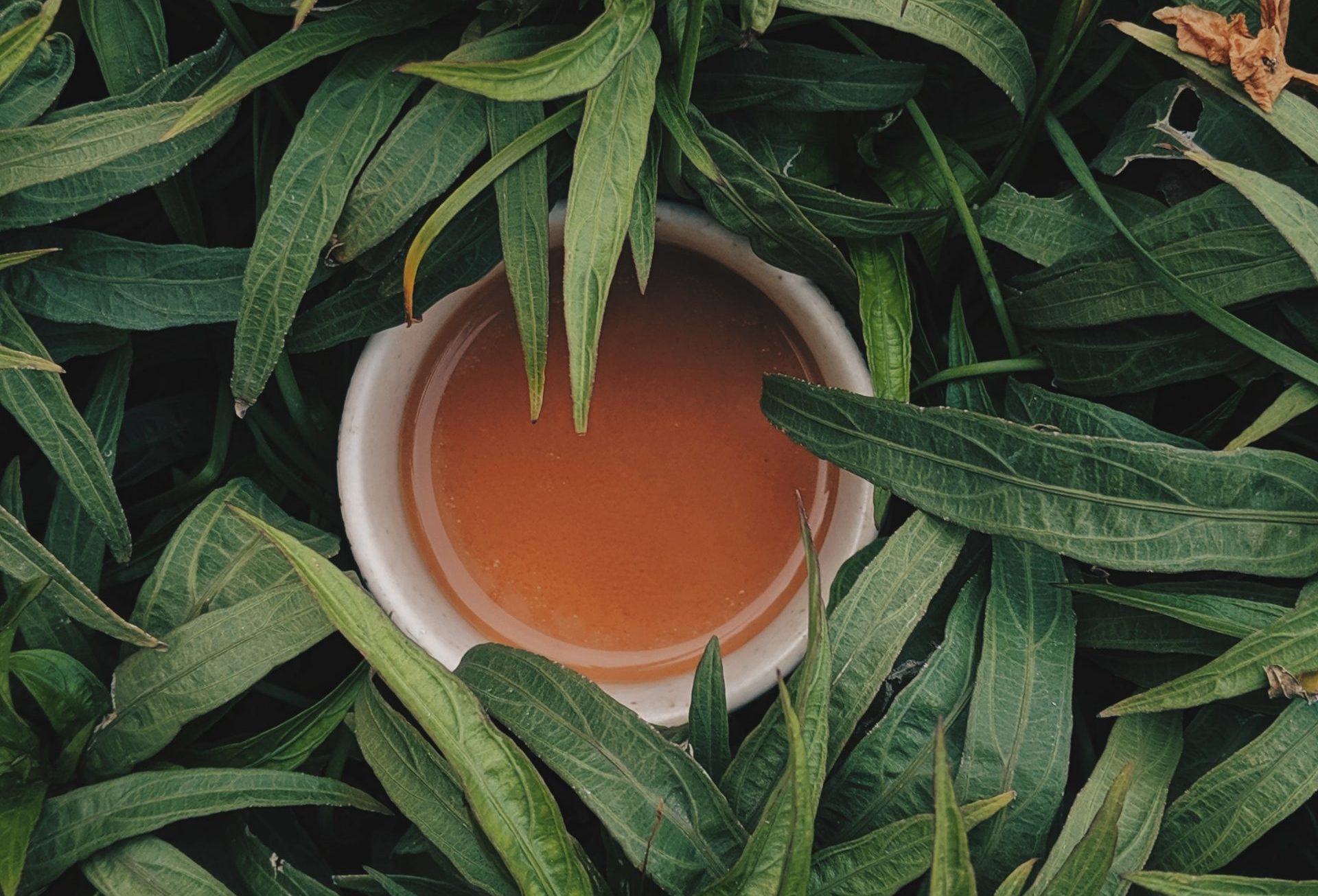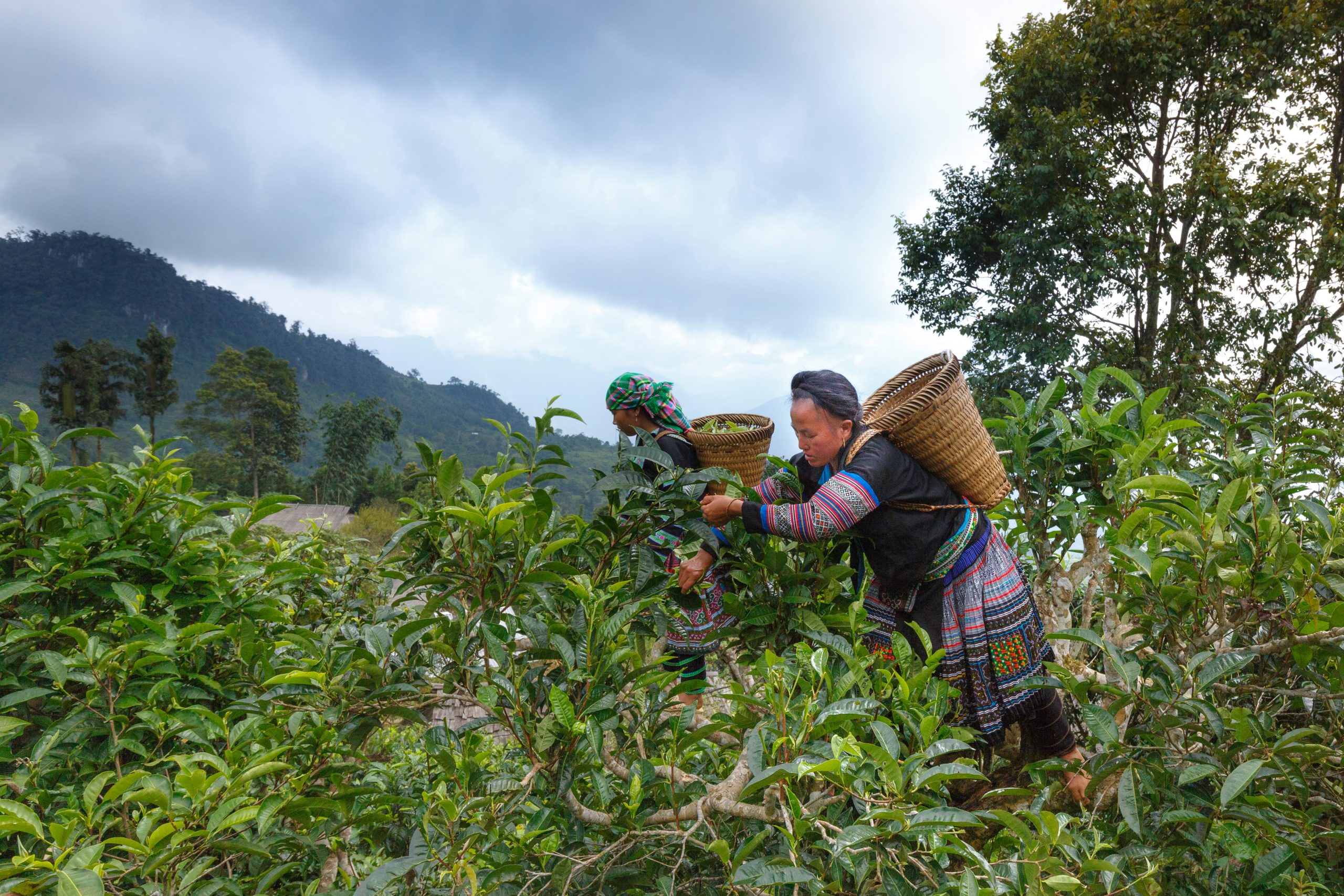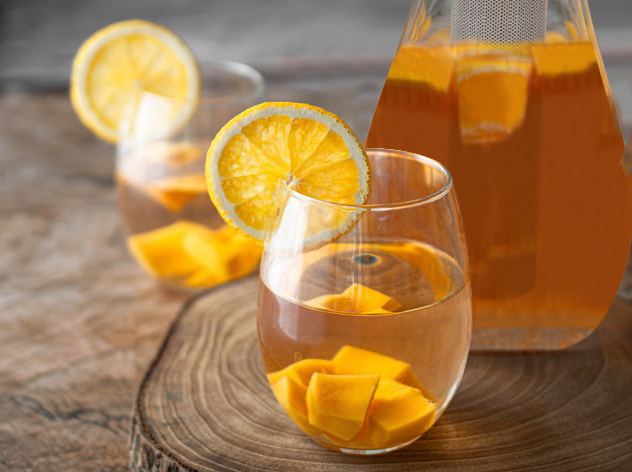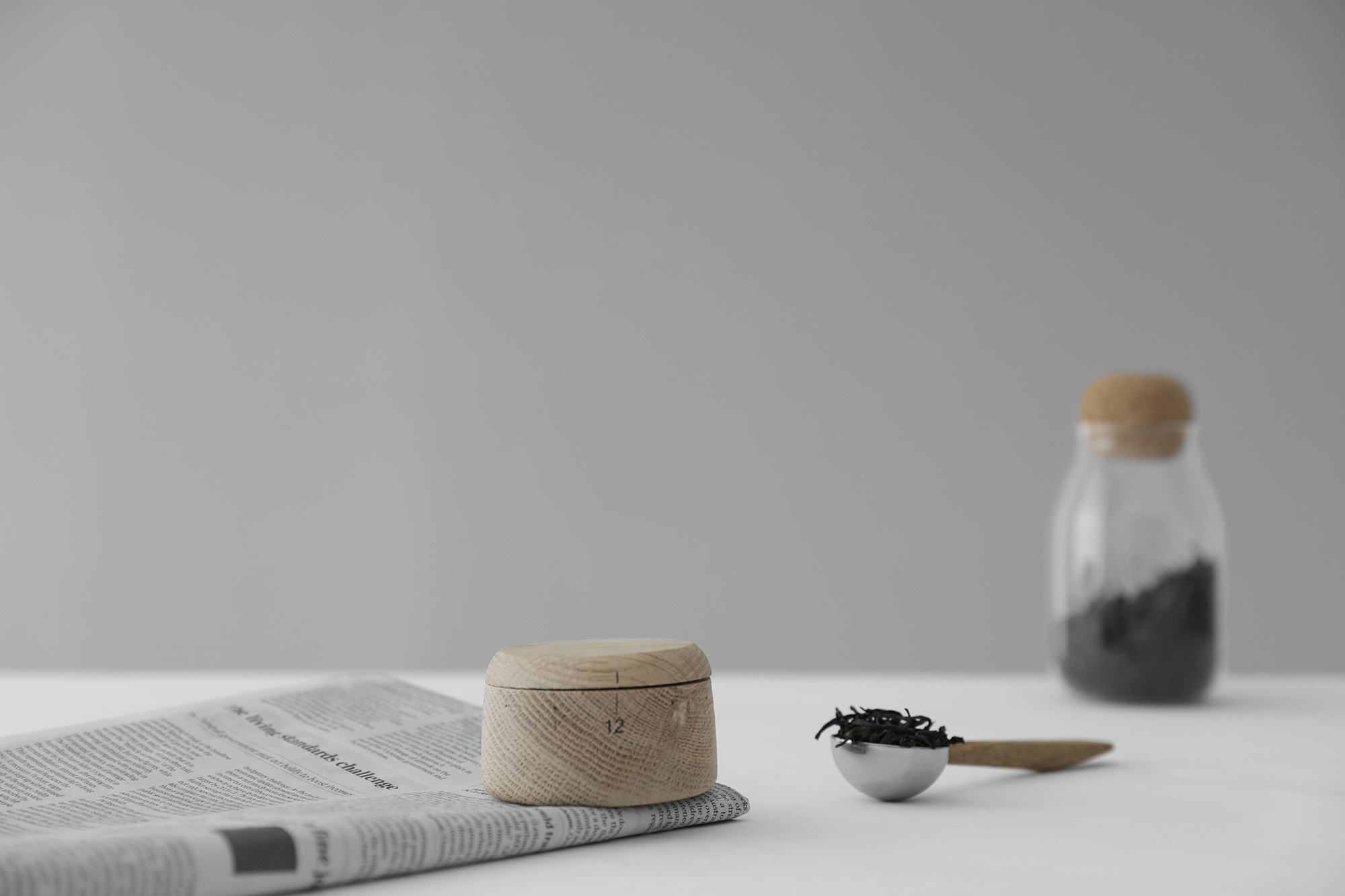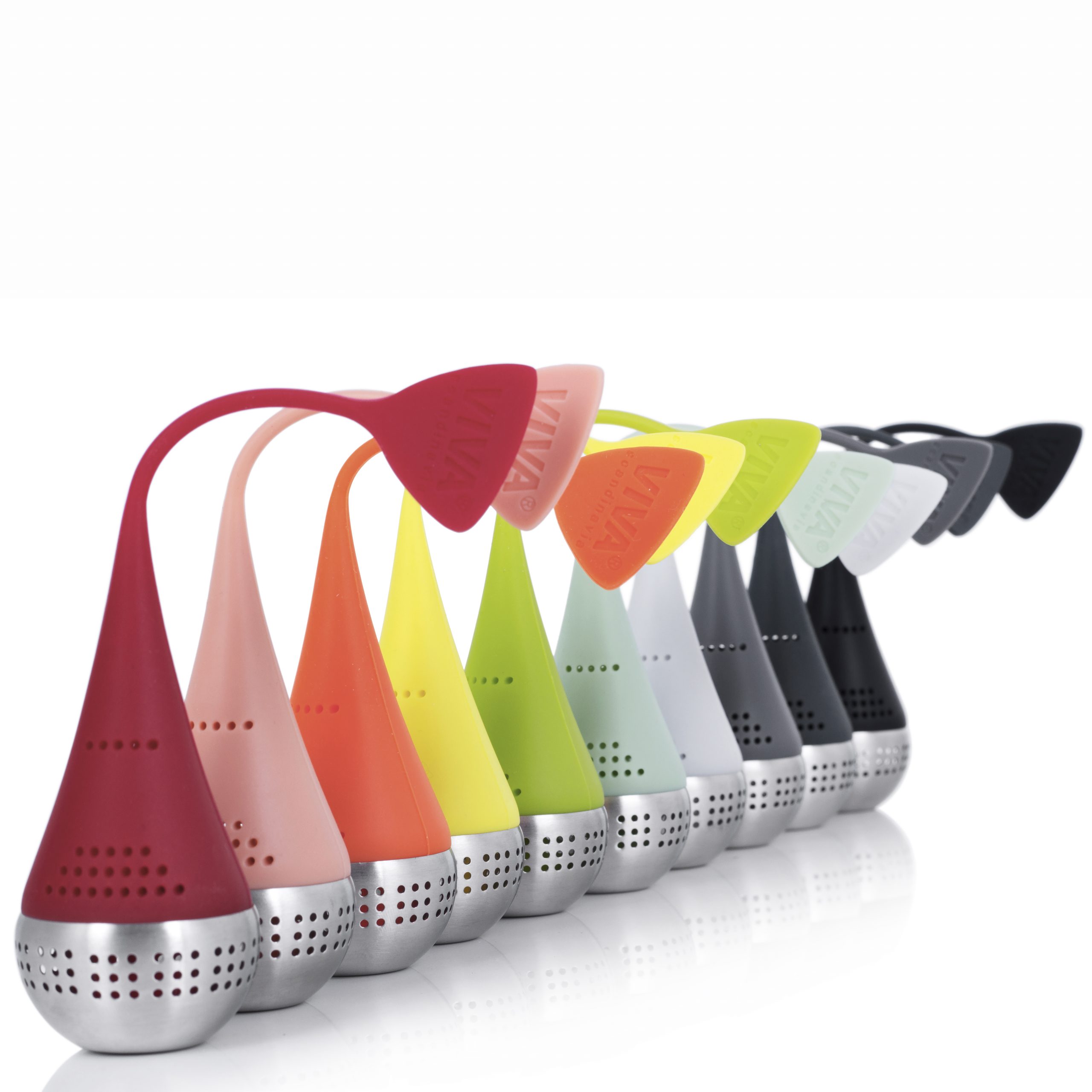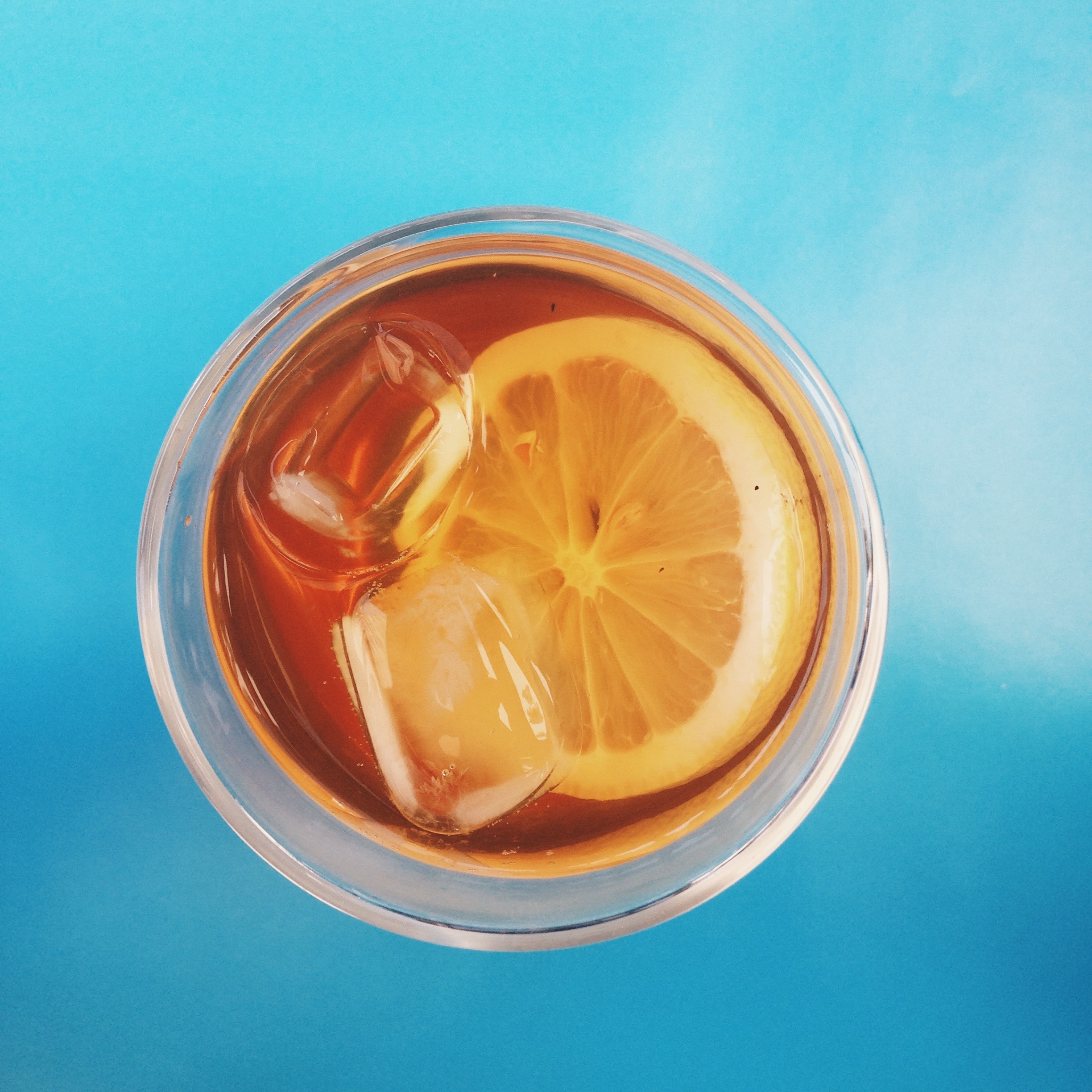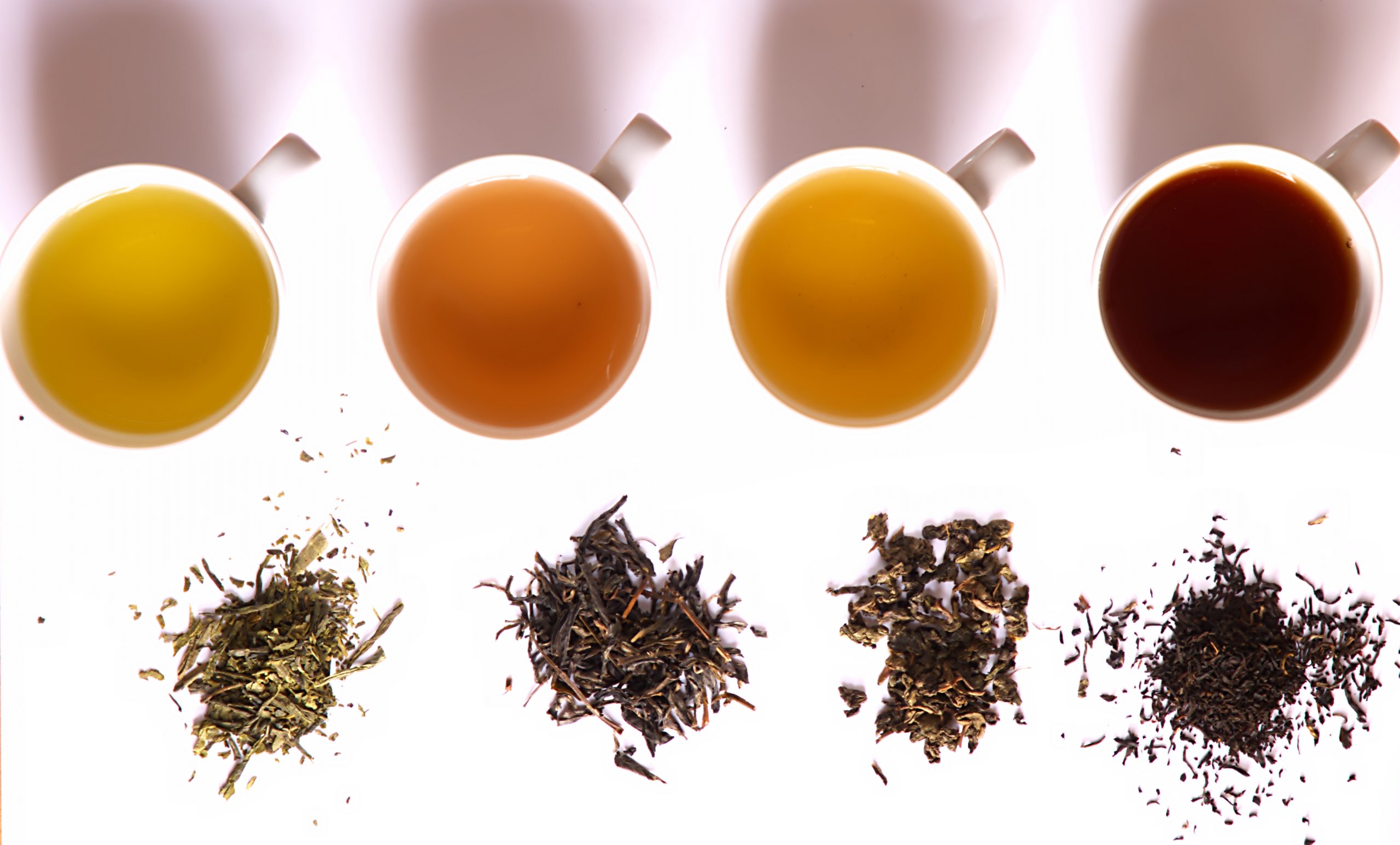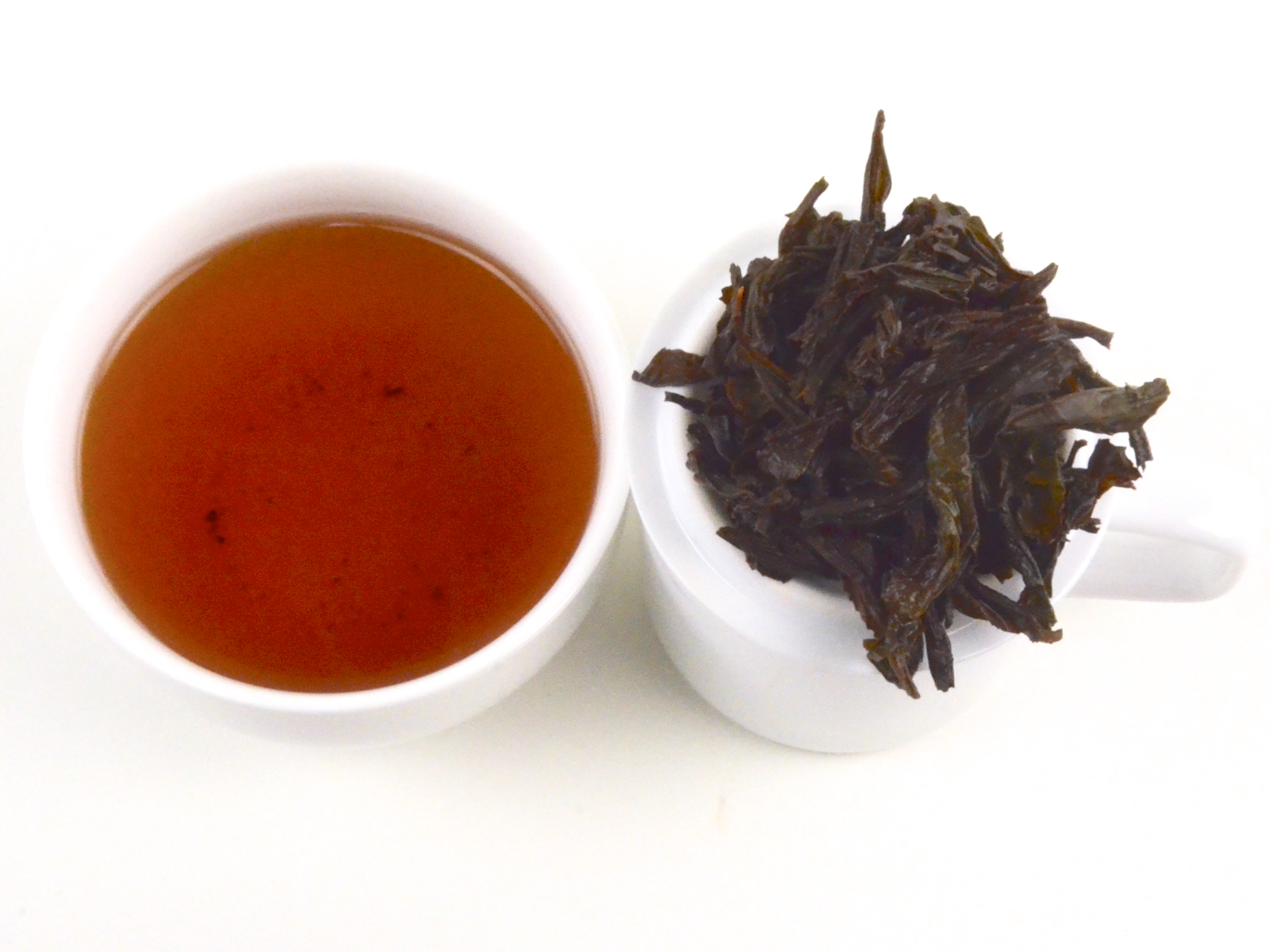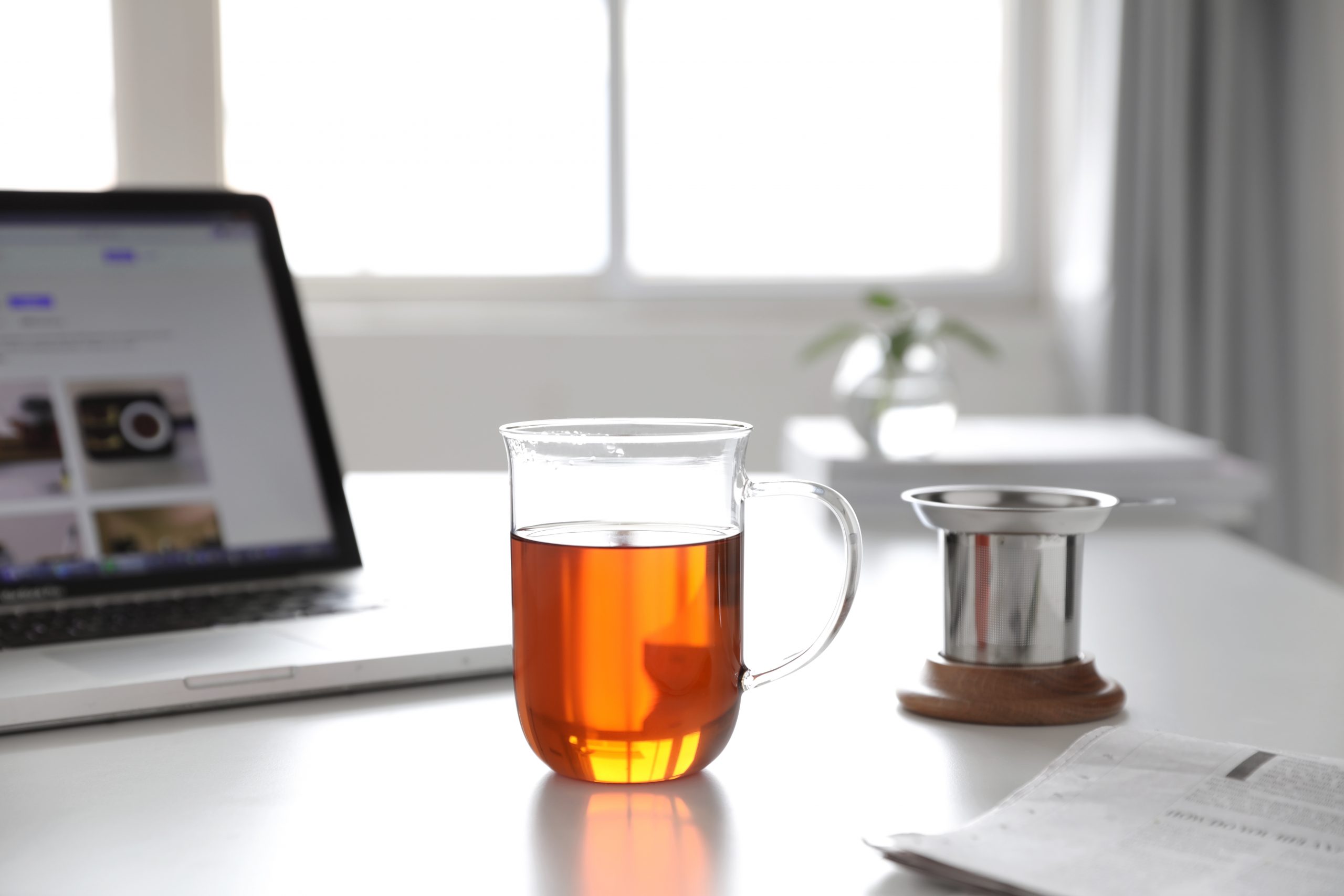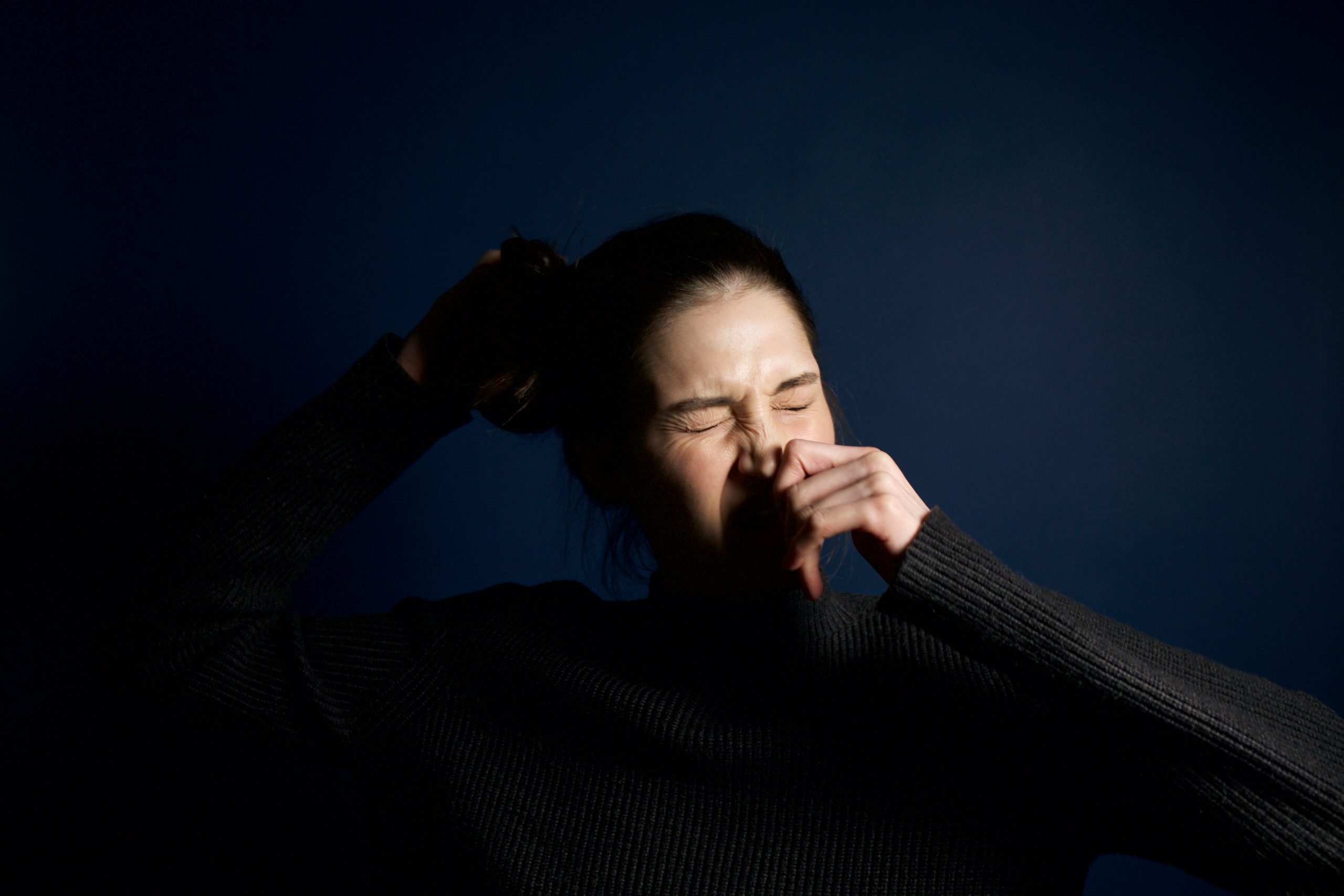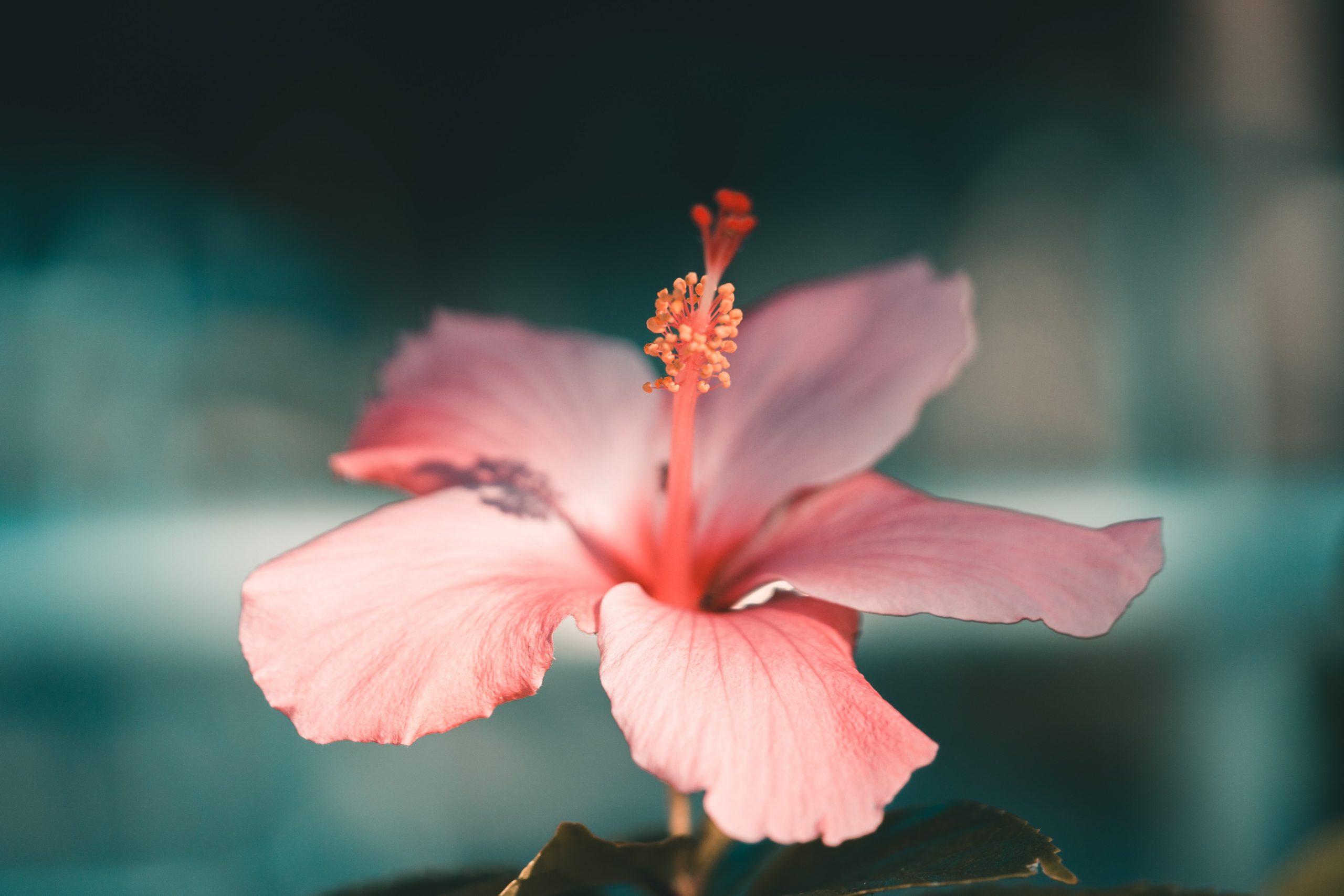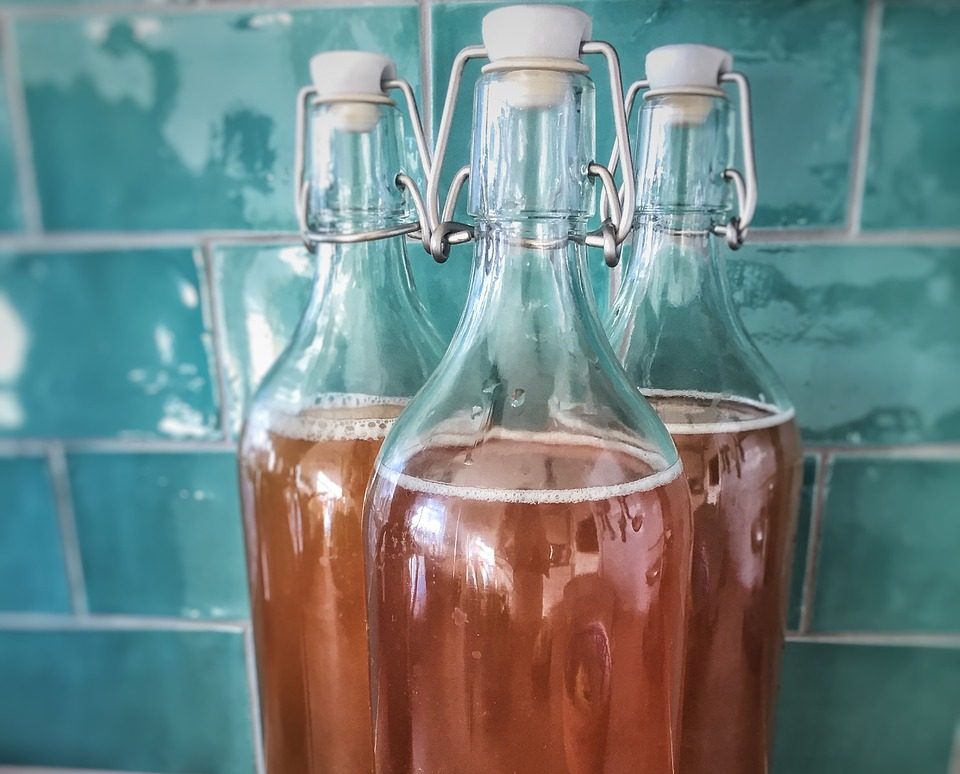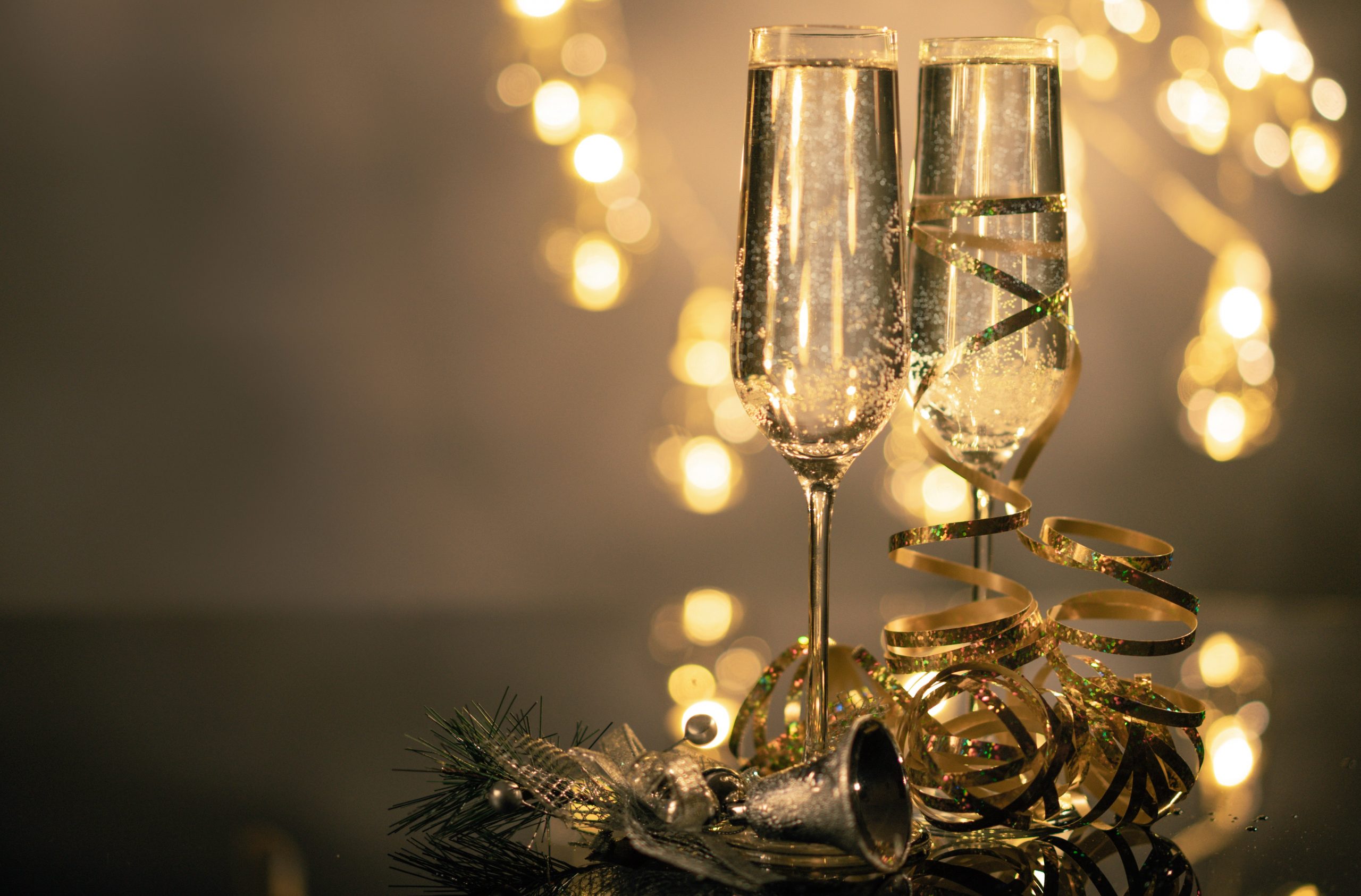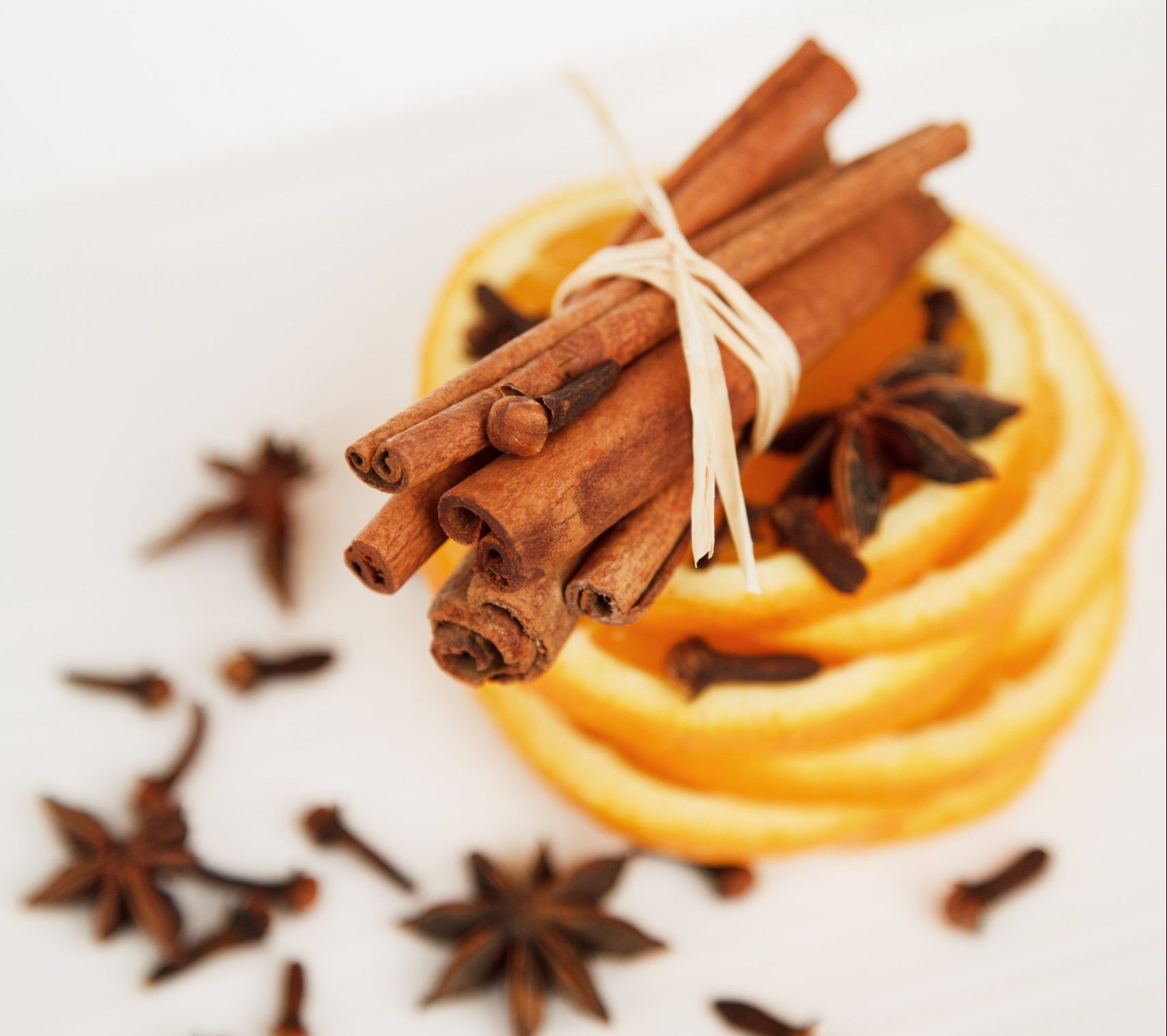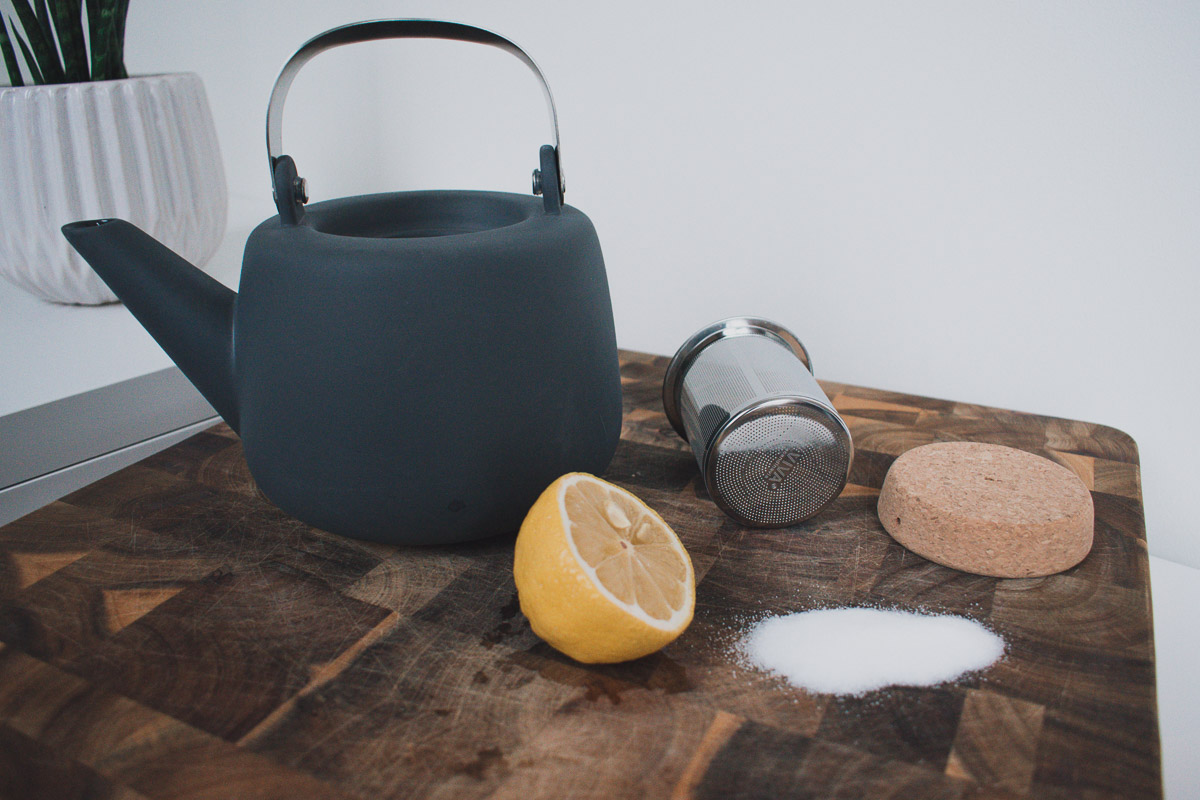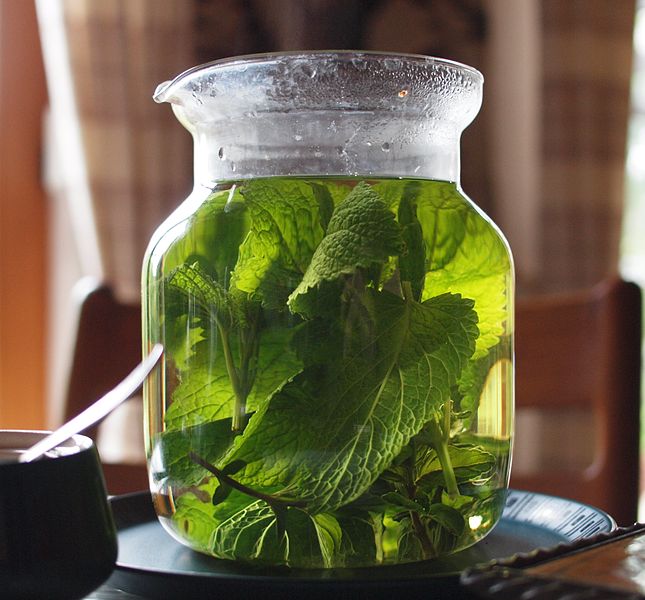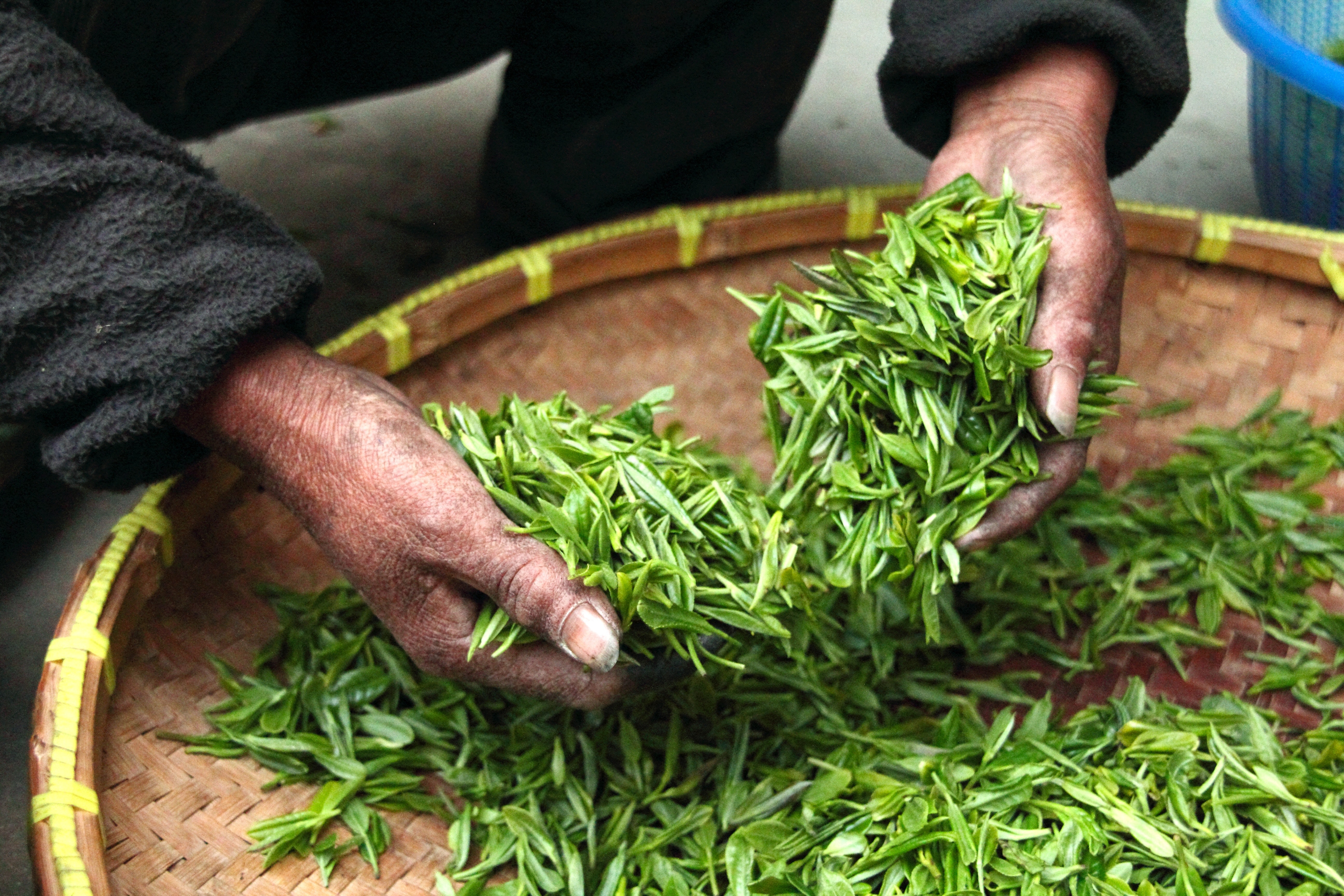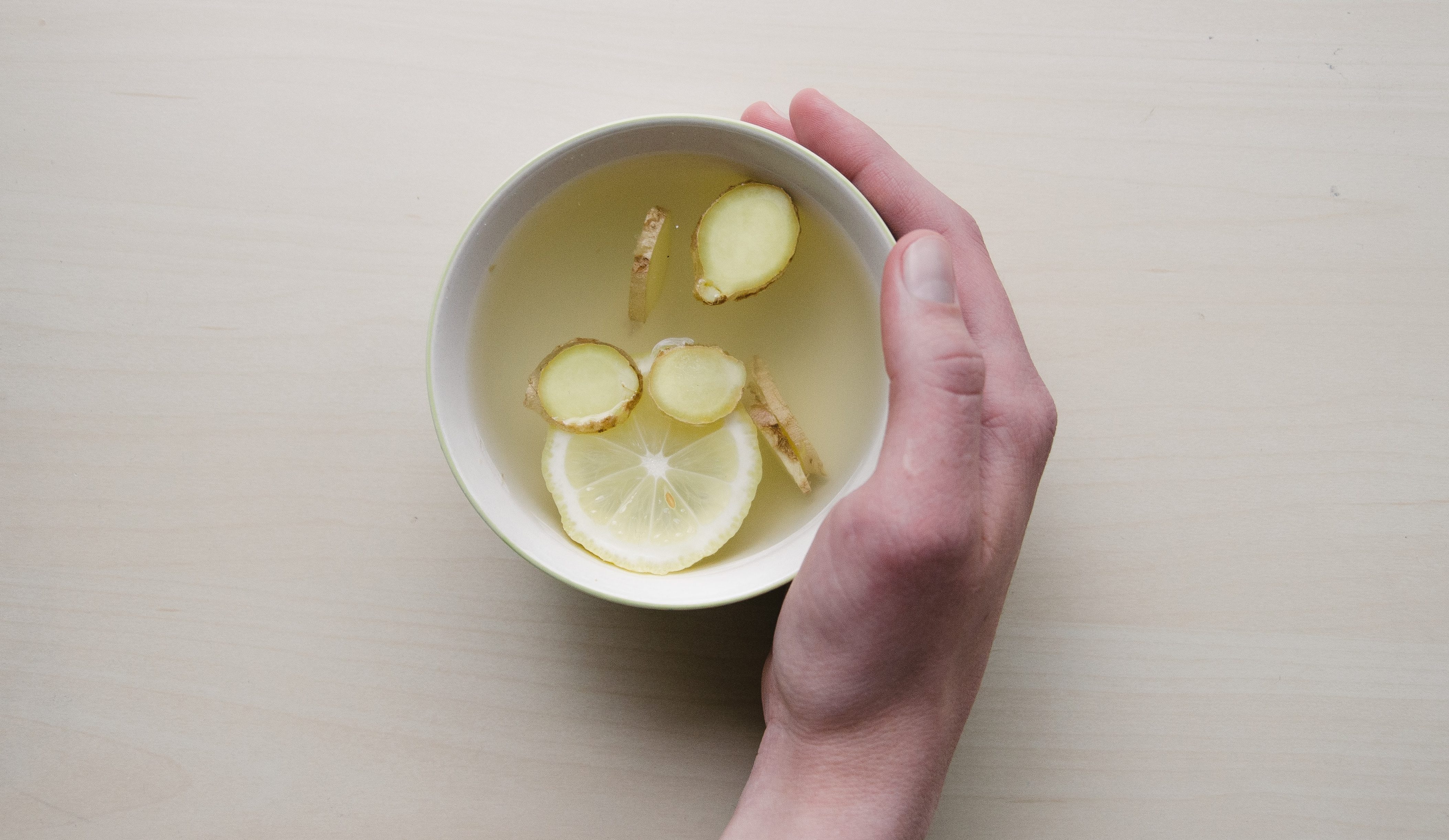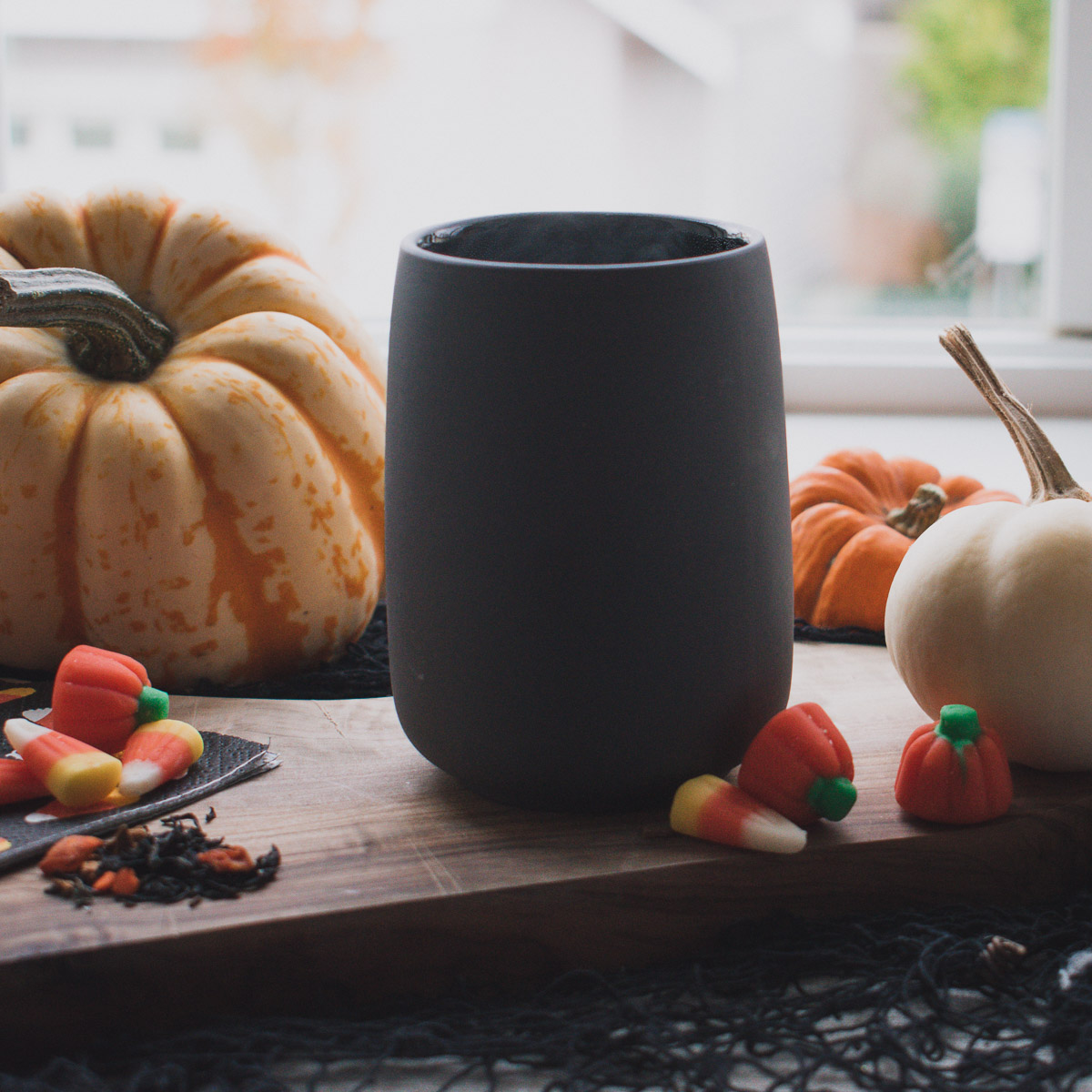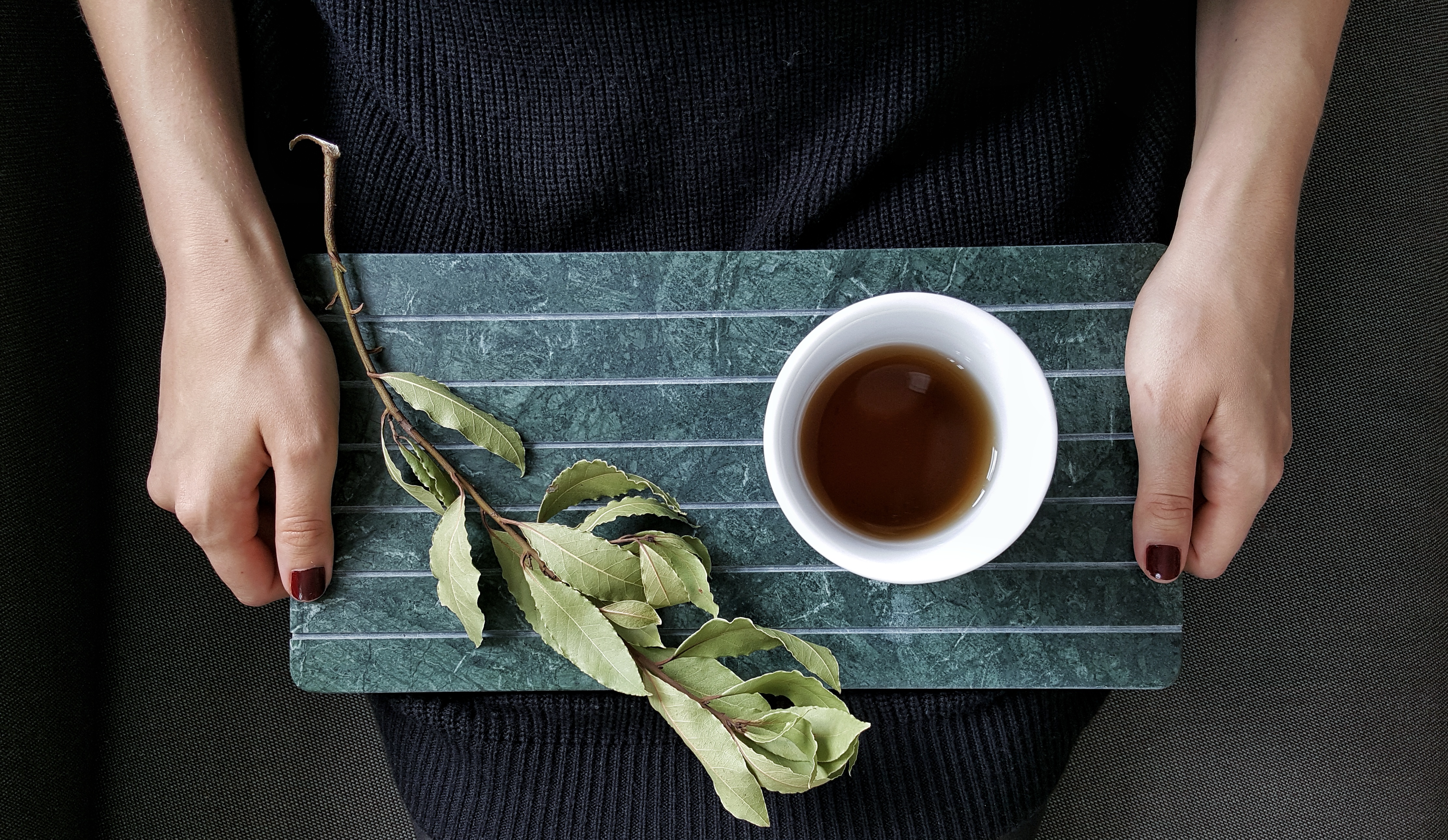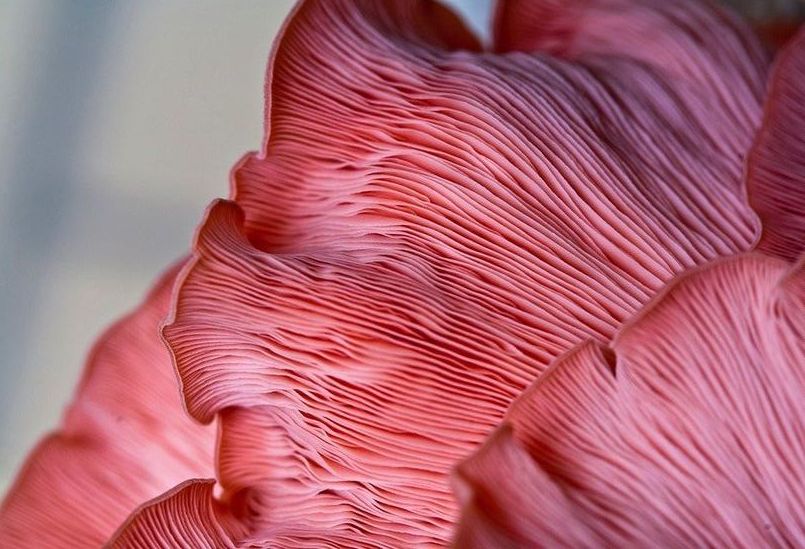Have you ever heard the adage ‘the right tool for the job’? You might be surprised to learn this applies to preparing the perfect cup of tea.
You likely already own a kettle, a favorite teapot, and a mug you use to prepare your daily cup of tea. But did you know that your teaware might be limiting the full flavor you could be experiencing?
Using the analogy of a stage show, this might be the equivalent of putting on an average high school musical production: serviceable, maybe even enjoyable, but not something you’d be excited to watch again. If you’d like a more memorable experience, you need to up your game, step by step, until you’ve achieved the height of Broadway.
Here are a few tips when buying the right teaware like teapots, tea mugs & cups, and infusers if you’re just starting out.
Choosing the right teapot
The teapot is the heart of the production. It’s where tea leaves delicately unfurl in boiling water releasing their rich aroma, colour and flavour.
Size
For casual tea tasting with friends, you will want a teapot that is just large enough to pour a small cup for each person so everyone can enjoy the same brew at the same temperature. The great thing about loose-leaf tea is that it can be steeped at least two or three times so that when you are ready for the next cup, you can add more hot water to the same leaves.
Instead, if you want to brew the tea the traditional way, you’ll need small Yixing teapots or gaiwans, to steep short infusions of tea with a high tea-to-water ratio. 6 grams of tea will easily get you 10-15 steeps of tea.
If you are hosting a large gathering or hosting a tea party, a larger teapot would be necessary to accommodate the number of guests and ensure that there is enough tea for everyone. For those who prefer to enjoy a solitary tea experience, small teapots like those found at IrishShop may be the best choice as it allows for a single serving without any waste.
Heat
Water temperature is important to the brewing process and can vary depending on the type of tea you are using. A green tea should be brewed in water that is 85 Celsius while strong-tasting teas such as oolong is best brewed at 93 Celsius. Either way, you will want a teapot that will keep the heat consistent while the tea is steeping.
Glass teapots are great to watch the tea as its leaves open and the colour dissipates. But they don’t retain heat well and can be hot to the touch.
Pots made of ceramic or porcelain retain heat longer and are easier to handle to the touch. With a lighter coloured pot, you can see the colour of the tea and know when it has finished brewing and ready to serve.
Pots made of clay are the best for retaining heat but are more costly. Clay pots should be glazed on the inside to prevent the material from affecting the taste of the tea. Although in more advanced tea cultures, unglazed clay pots are preferred for the way they can enhance the flavour of the tea.
Read also: Bodum vs Viva.
To infuse or not to infuse
Diehard tea lovers let tea leaves float freely in water and don’t fret about a stray leaf in their cup. But most tea drinkers will look for an infuser. For the uninitiated, this a small basket that fits into your pot and contains the tea leaves while they steep. Pull out the basket when you have finished brewing and you will have a clear batch of tea ready to serve.
Tea leaves are the star of the show and demand a large dressing room. Leaves need plenty of room to unfurl in the boiling water so they can release their full colour, flavour and aroma. So the most important thing about a diffuser is that is should be as wide as possible to give the tea leaves plenty of room to release their flavour. Small teaballs might be easier to use, but the leaves may not be fully brewed.
For solo drinkers, there are infusers available that fit over a cup.
Why your tea cup or coffee cup matters?
Now that you have finished making the tea, it’s time to introduce it to the audience. A ceramic or porcelain cup is ideal for the perfect cup of tea or coffee. The cup should have a wide rim so you can take in the aroma of the tea before you sip it. And while it might be tempting to pour the tea into a larger mug, a smaller cup with a smaller portion of tea will keep the tea or coffee warmer for longer.
As for the look of the teaware itself, there are many whimsical styles and patterns to choose from. In some tea traditions, just as much time is spent admiring the teaware as much as the tea itself. Sets that are light in colour or made of glass will help you enjoy the distinctive tones of your brew as well as the taste.
So as you savour your first sip, it’s time to take a bow for a flawless performance that delivered a perfect cup of tea!

